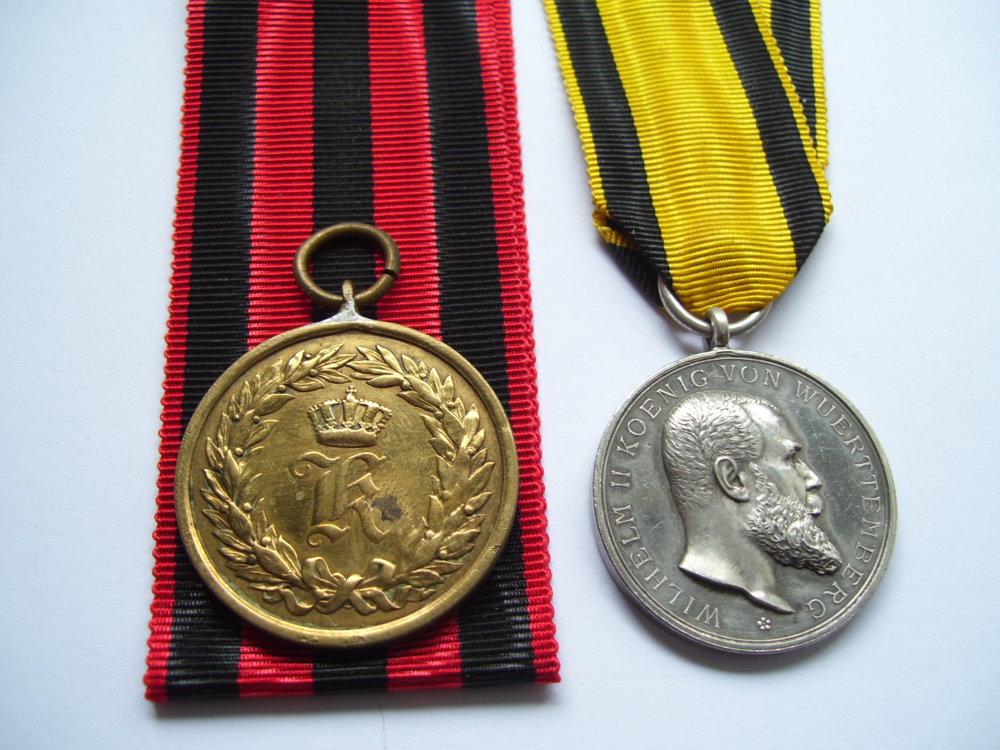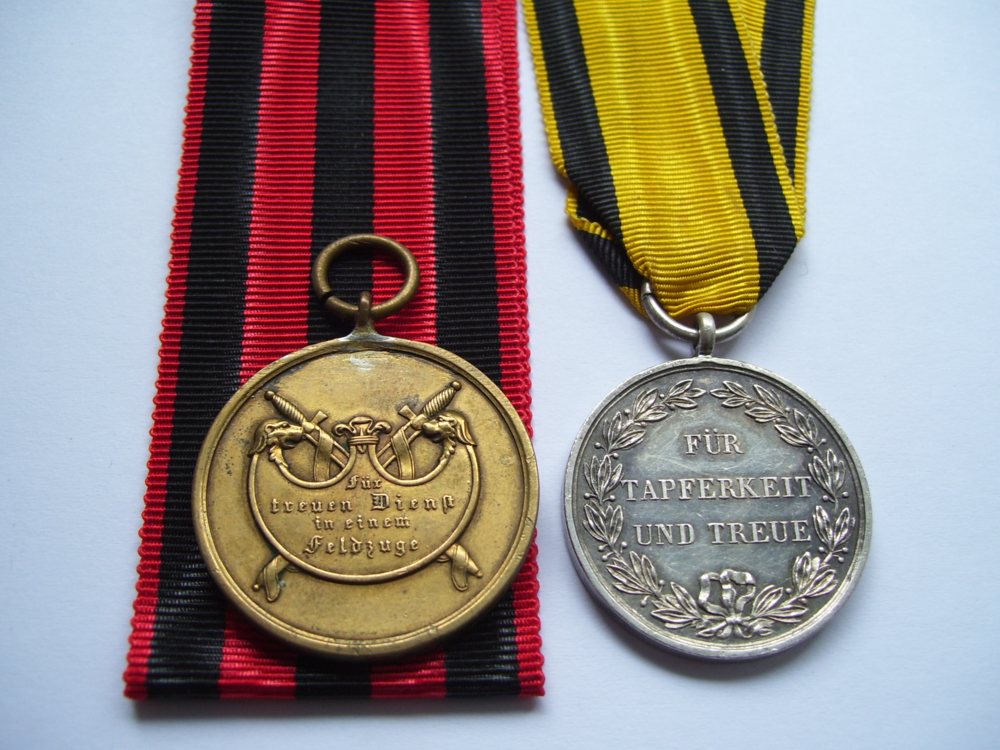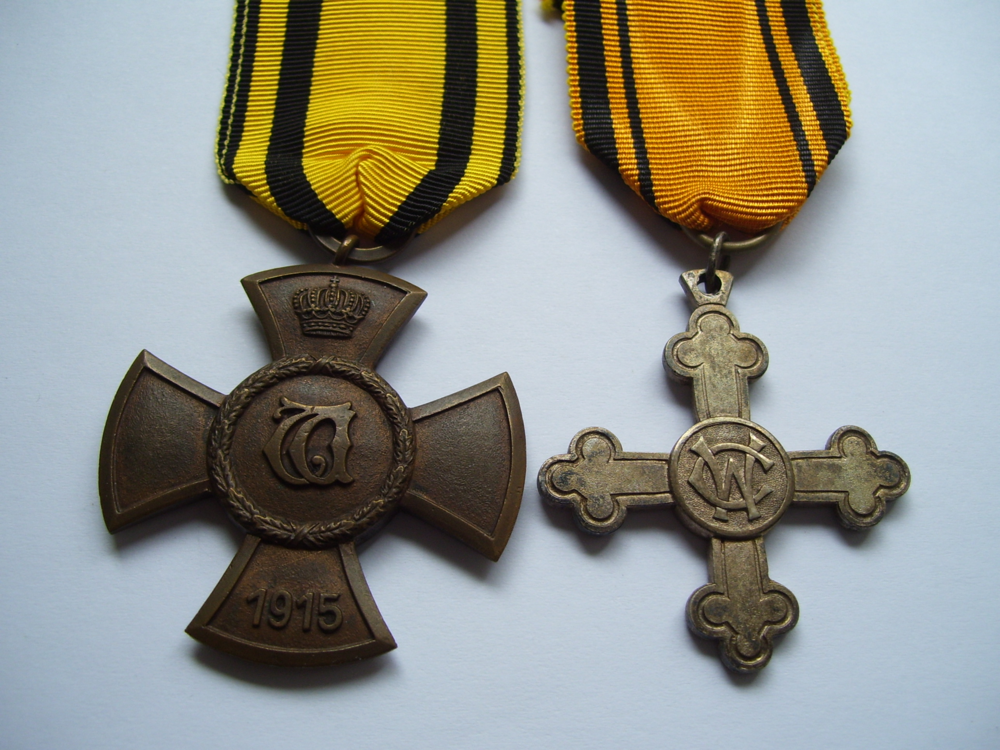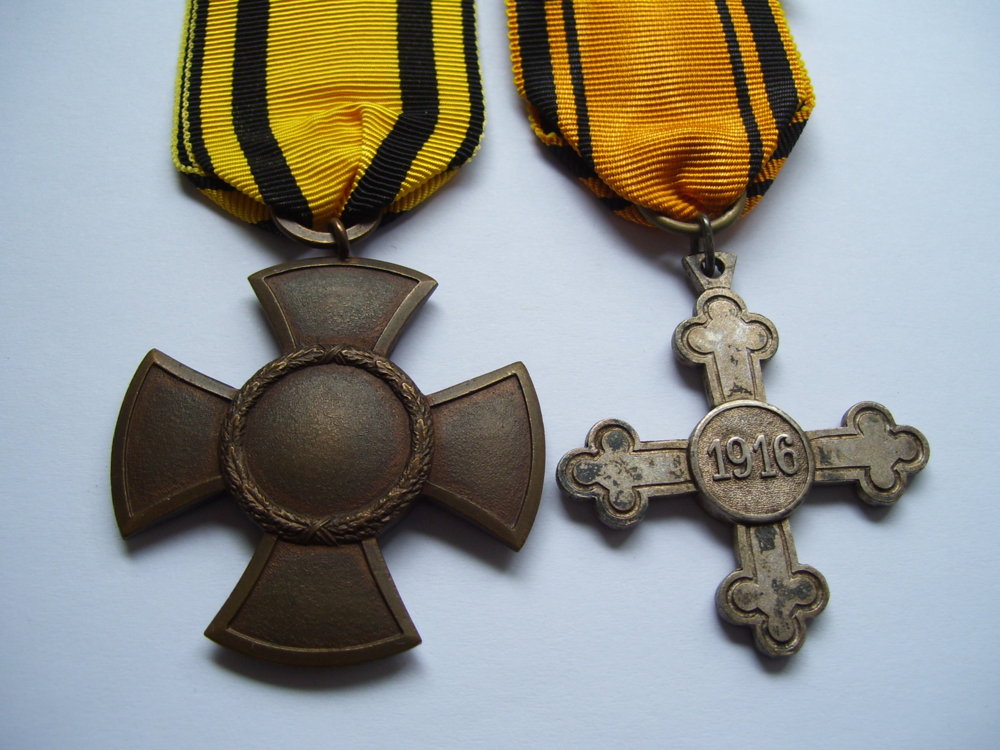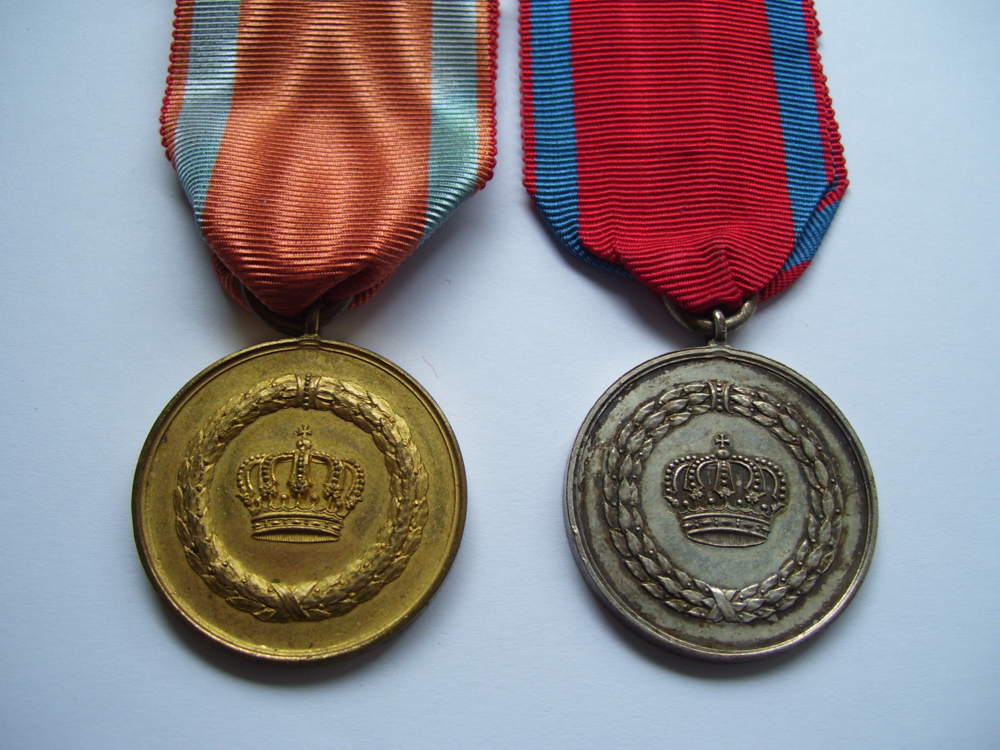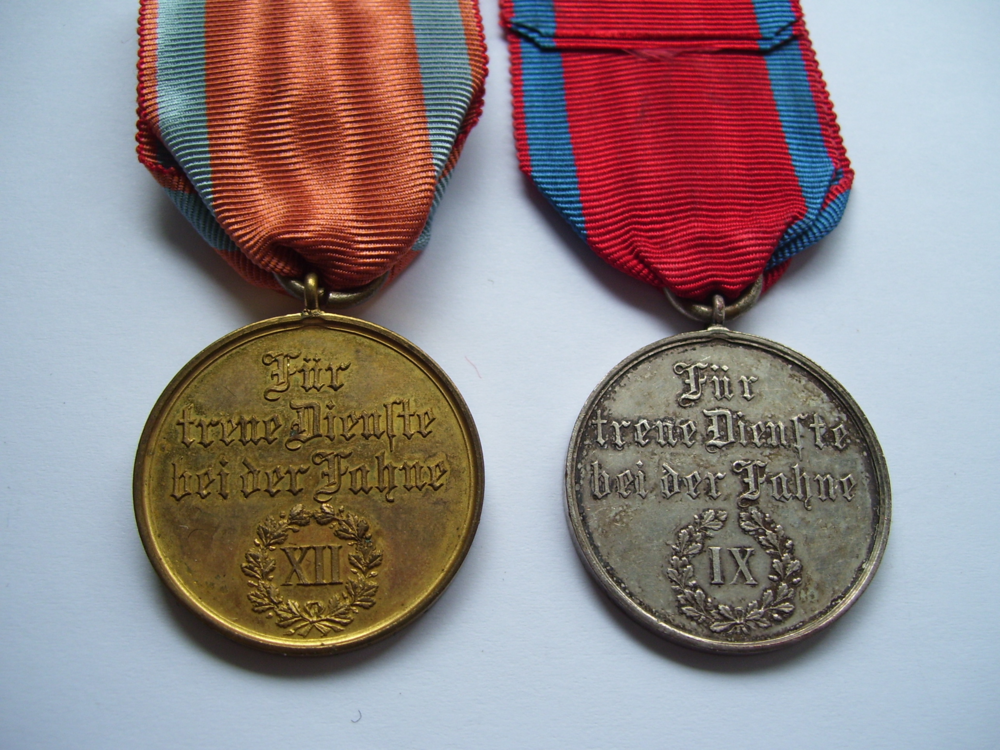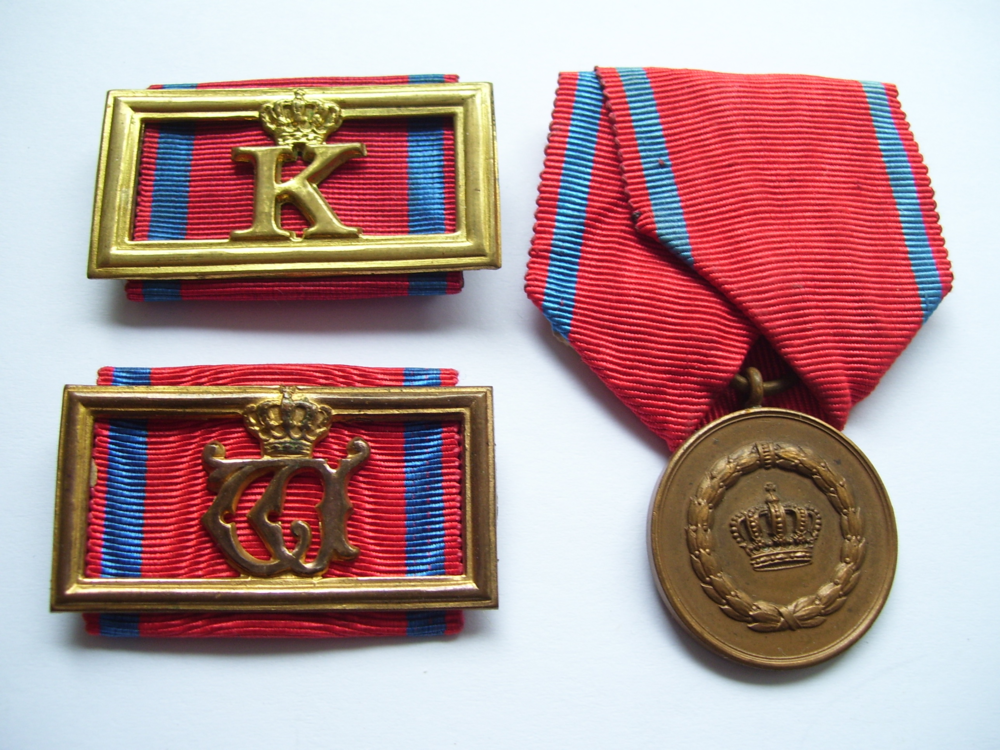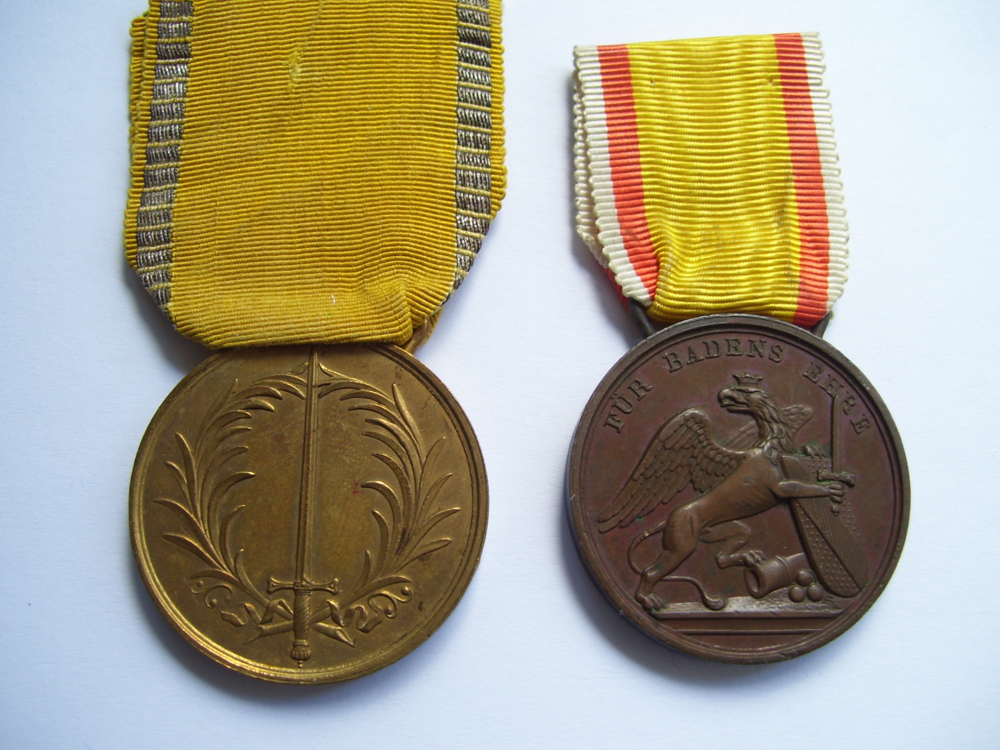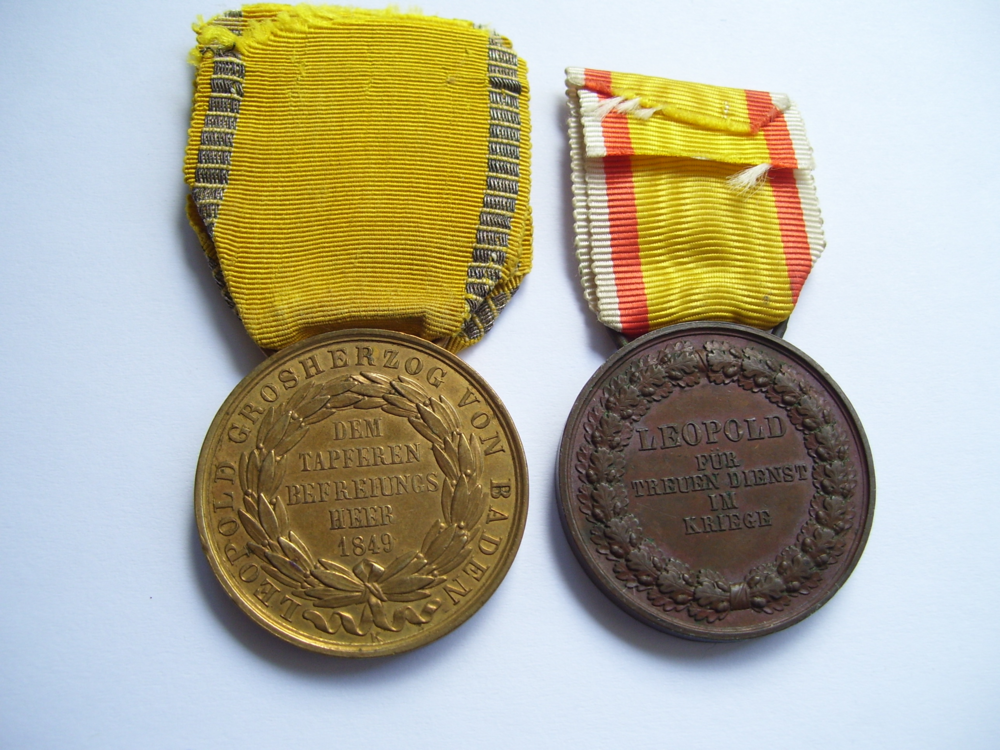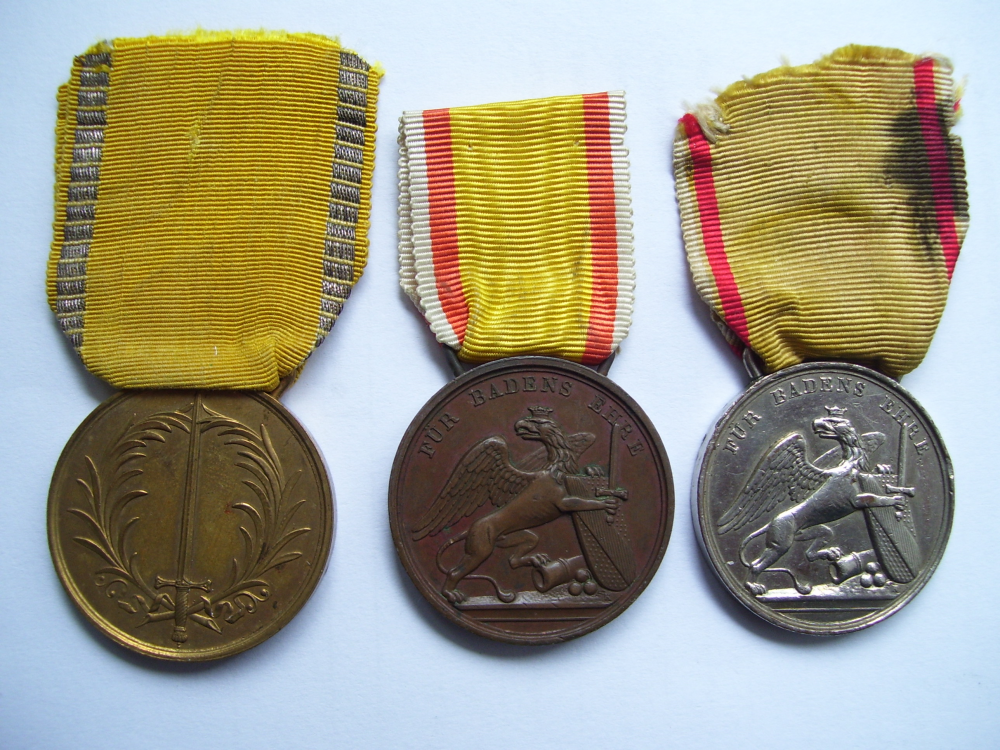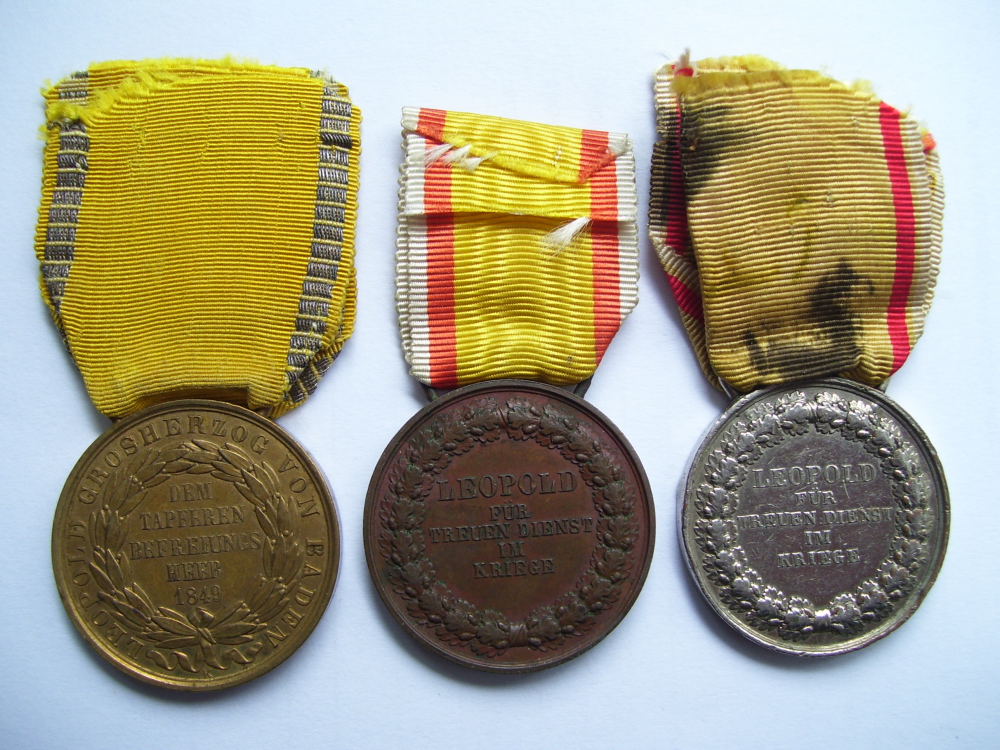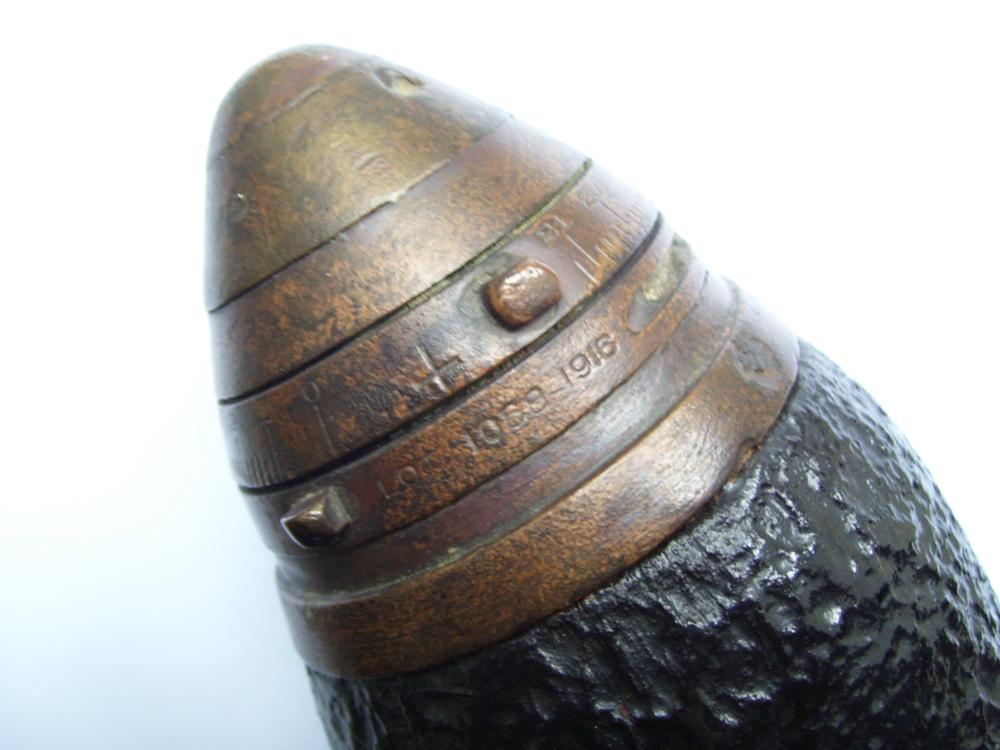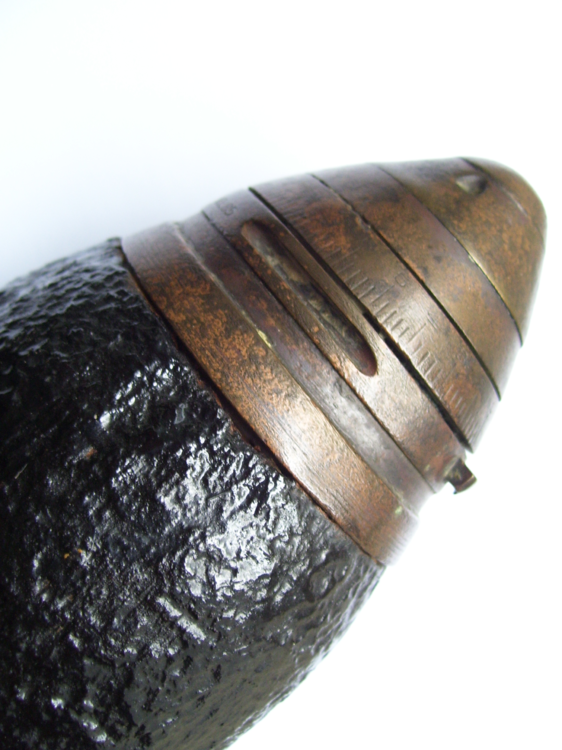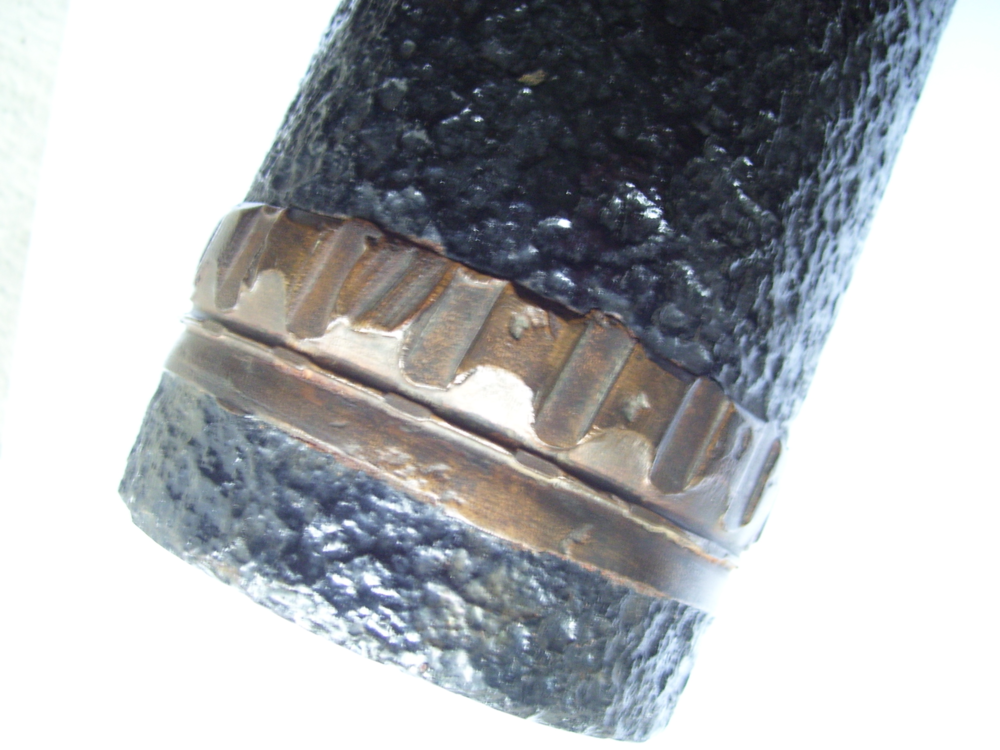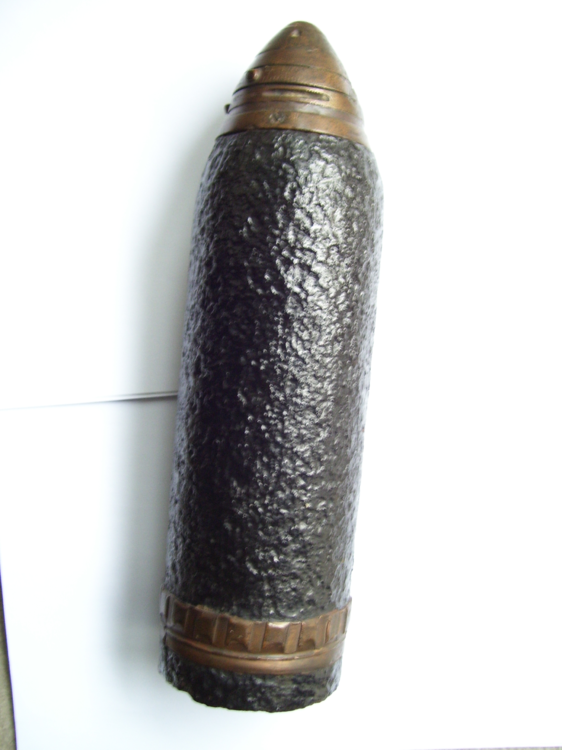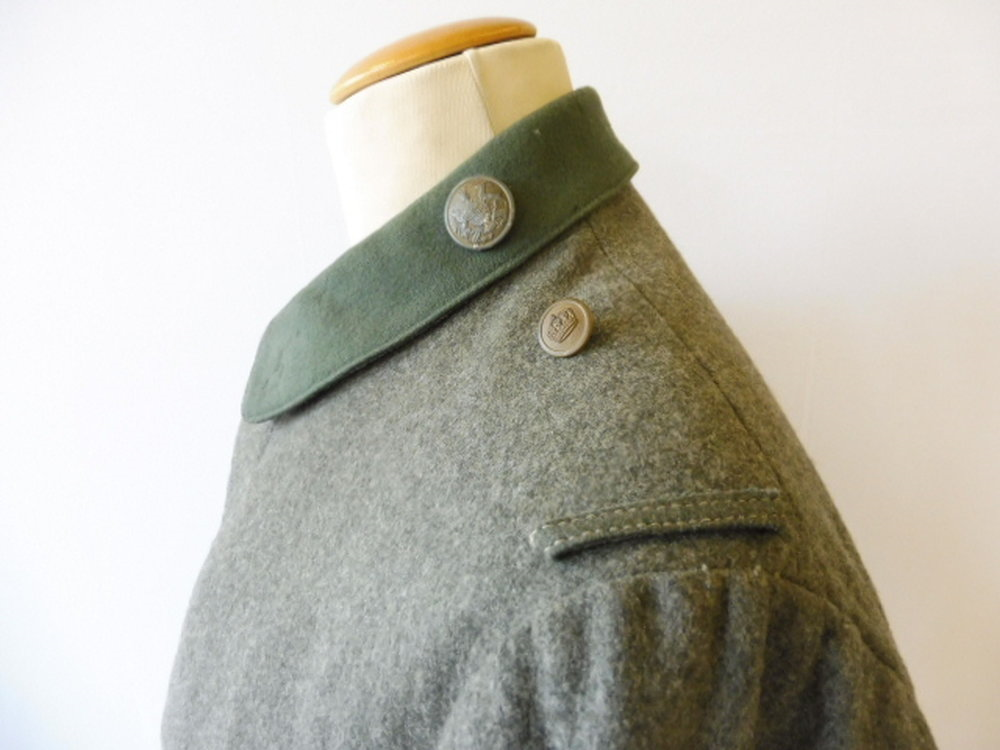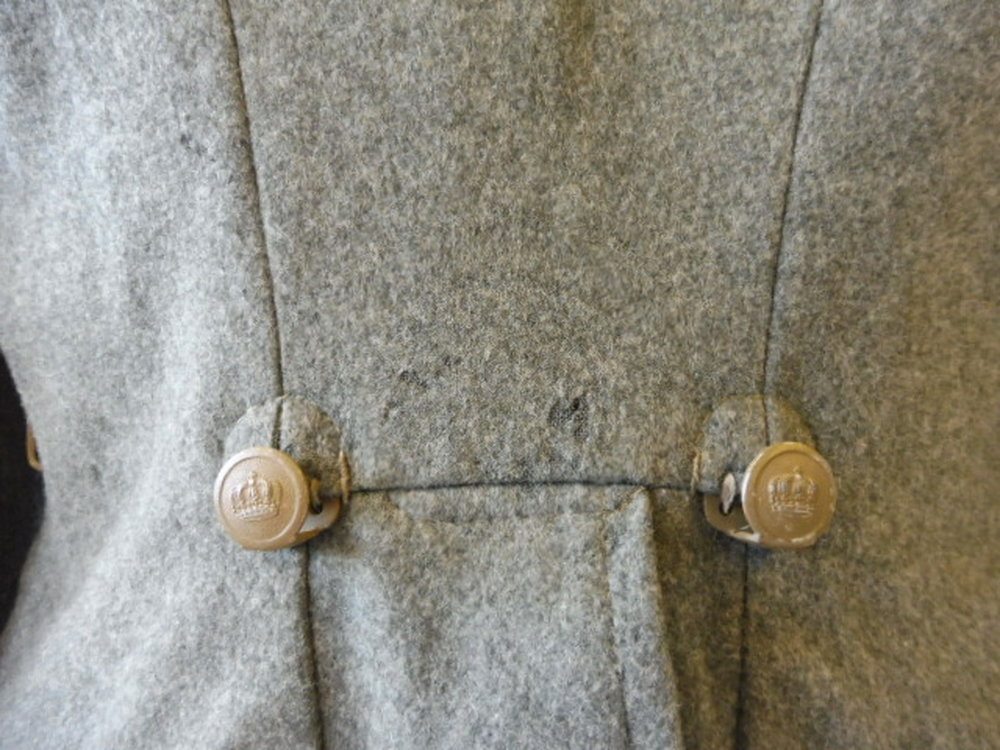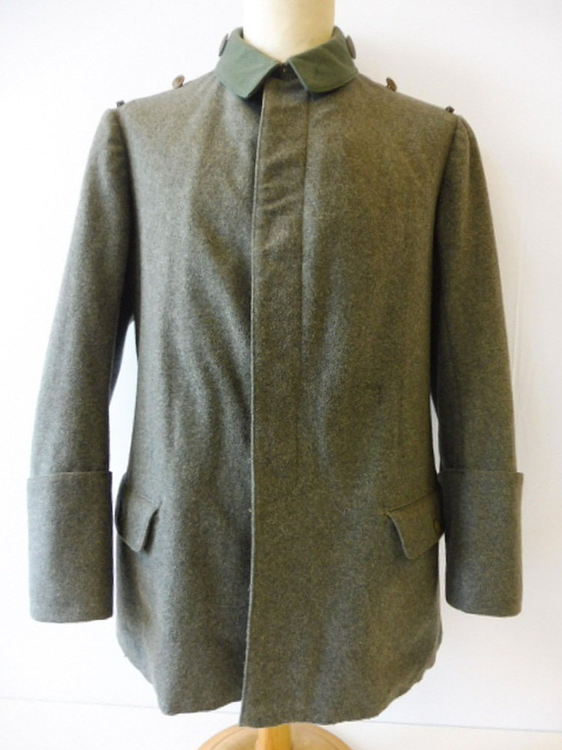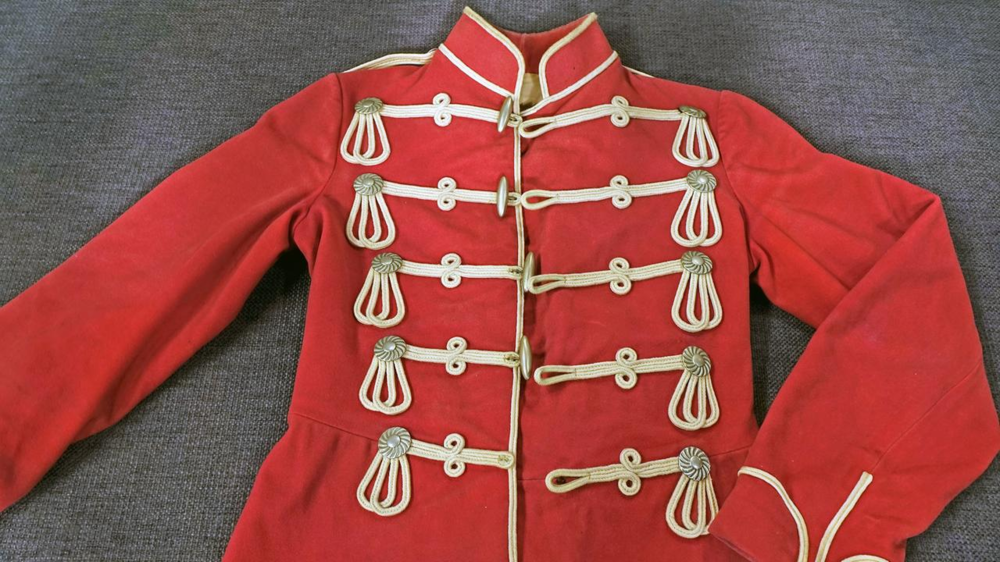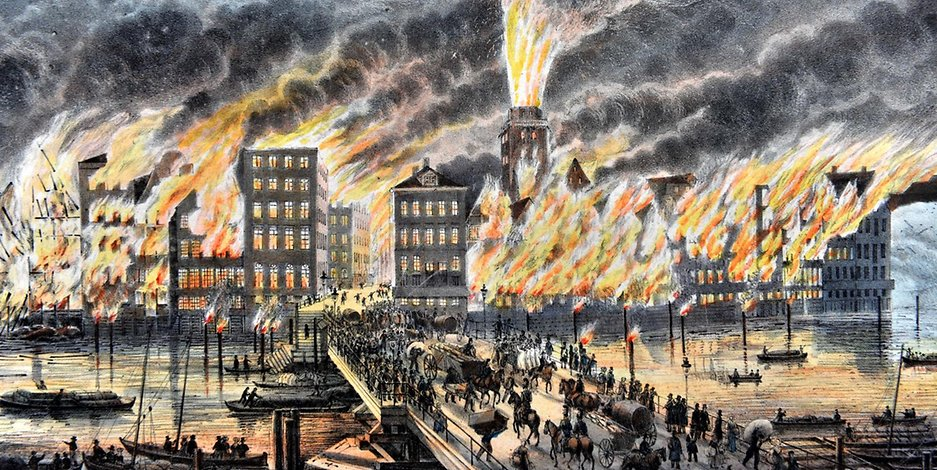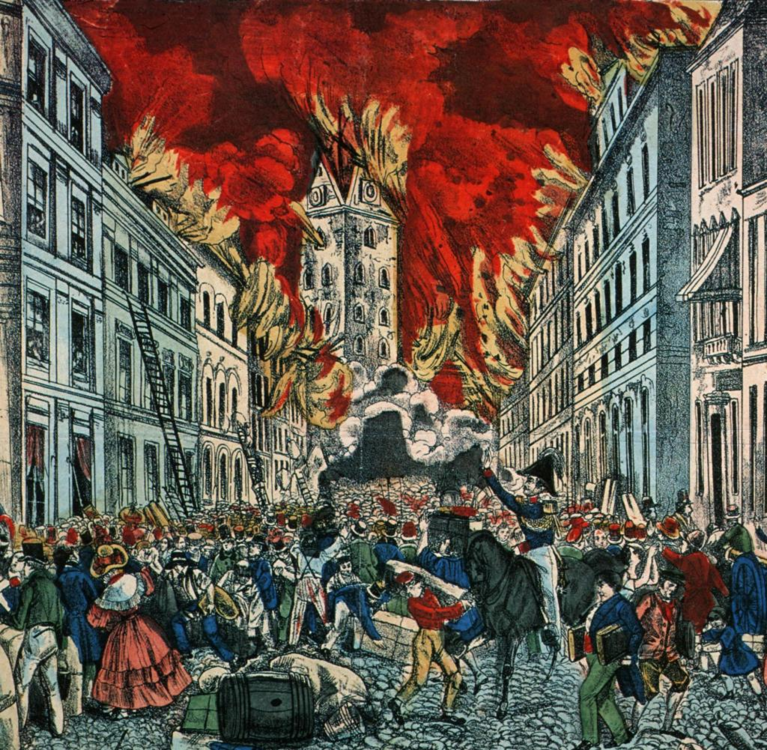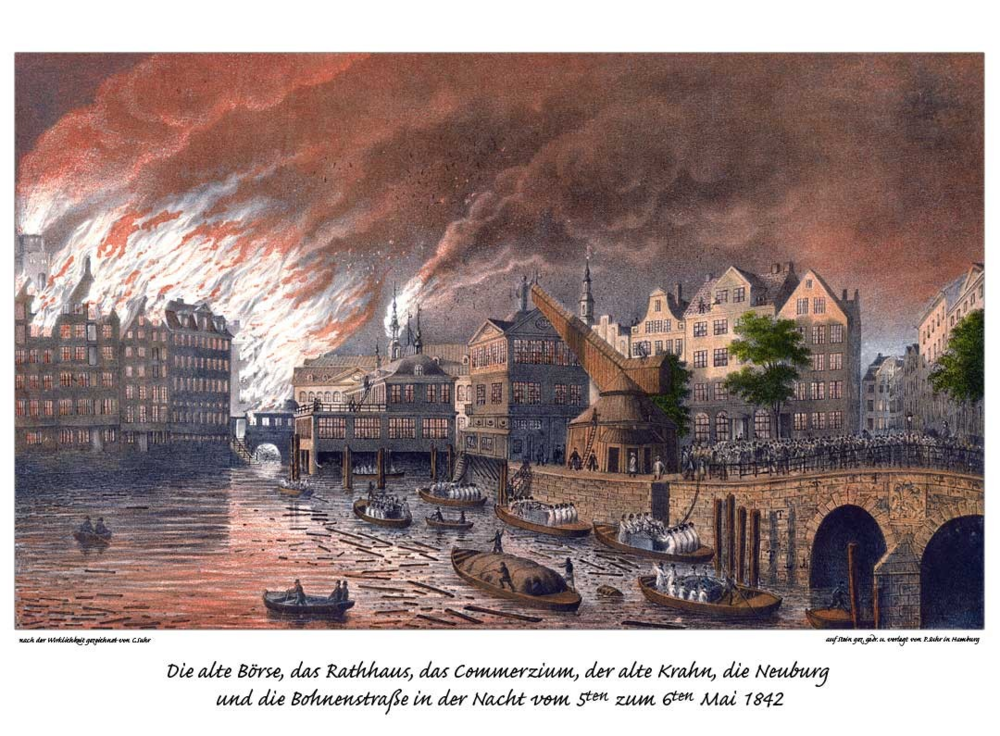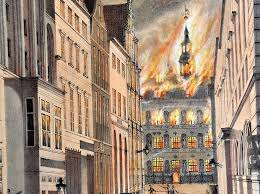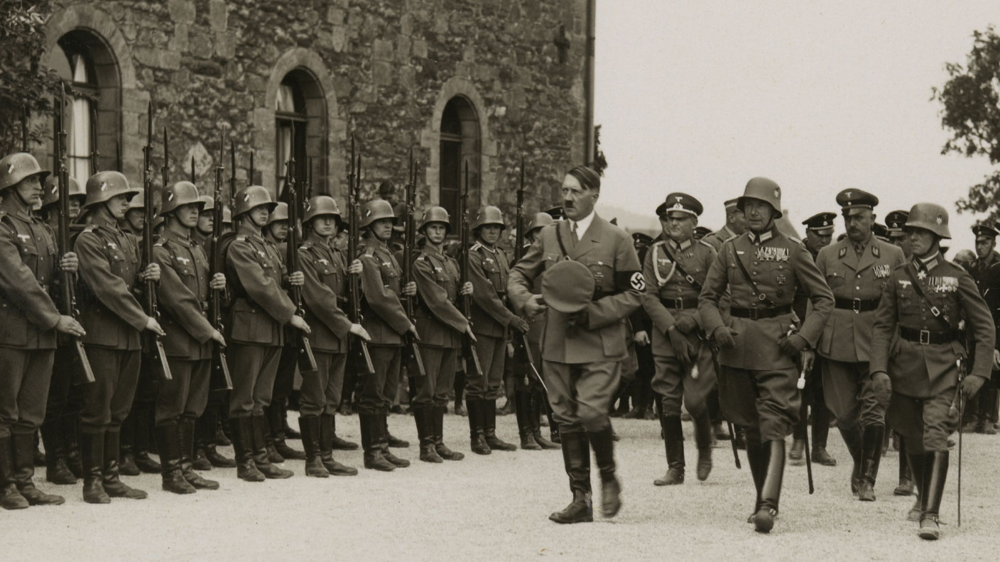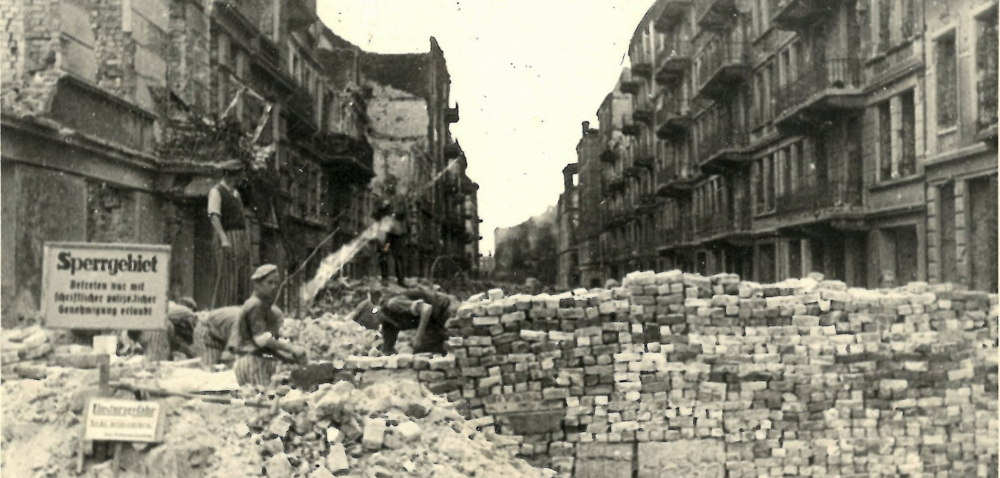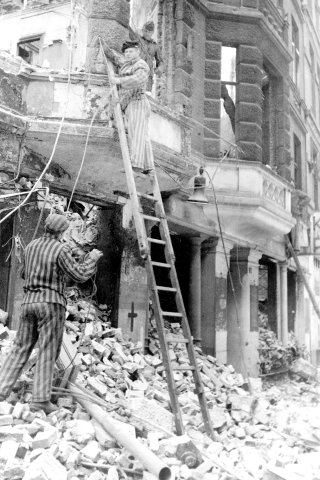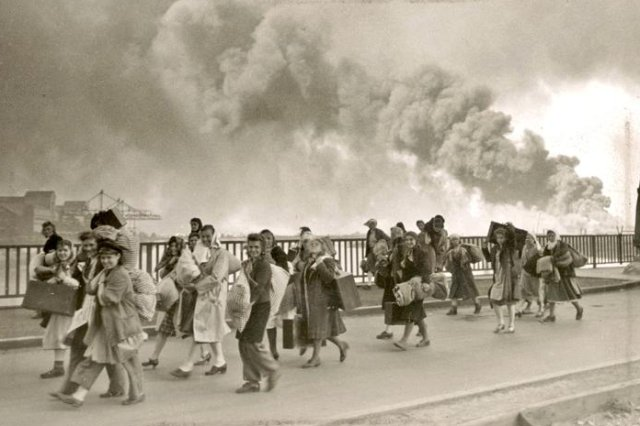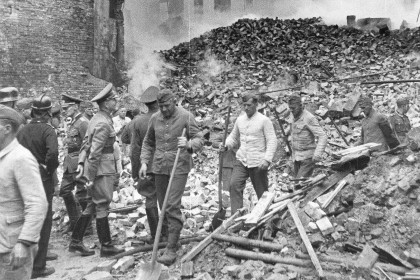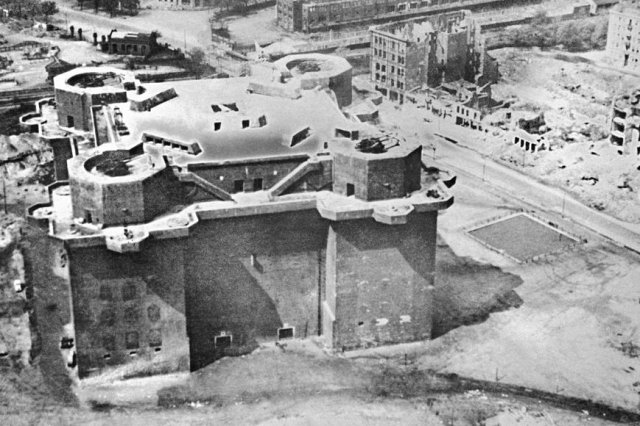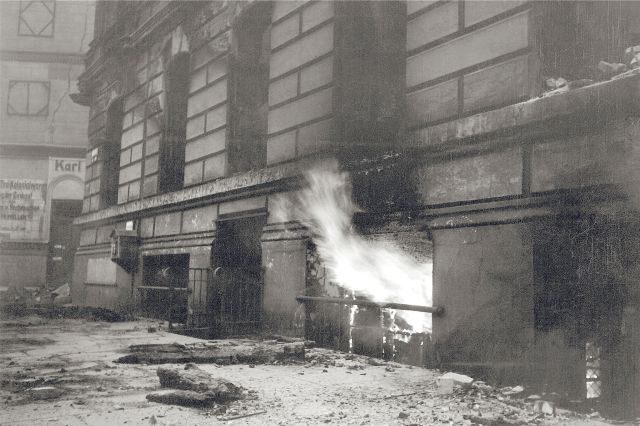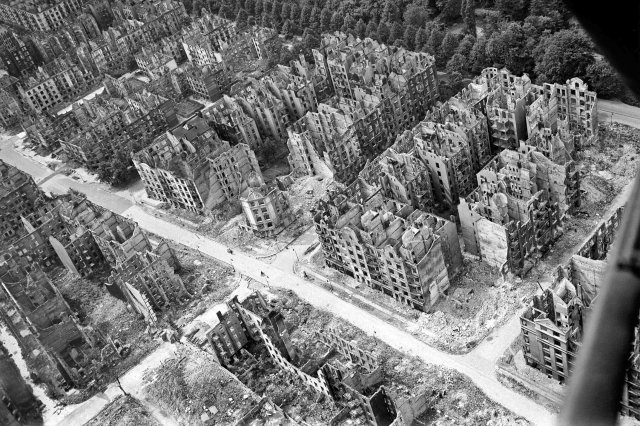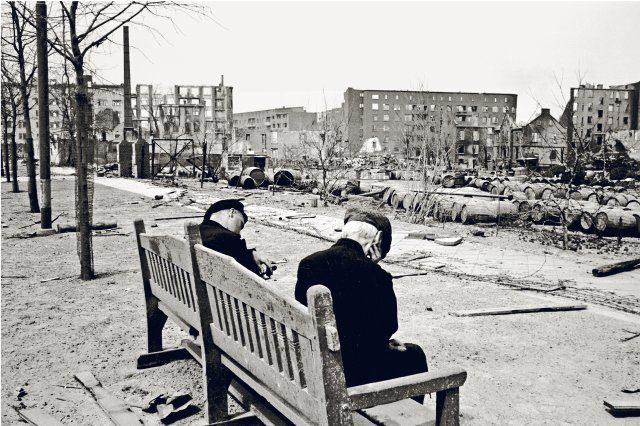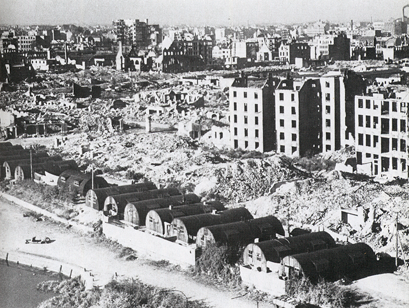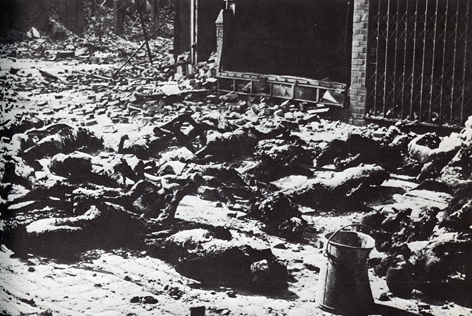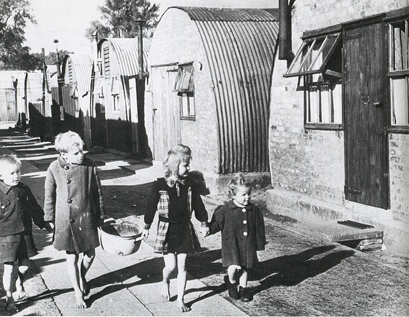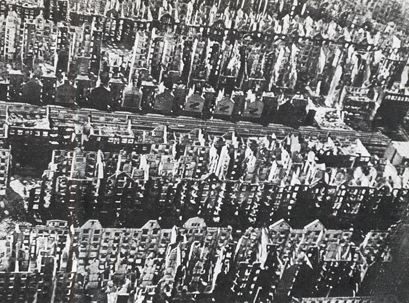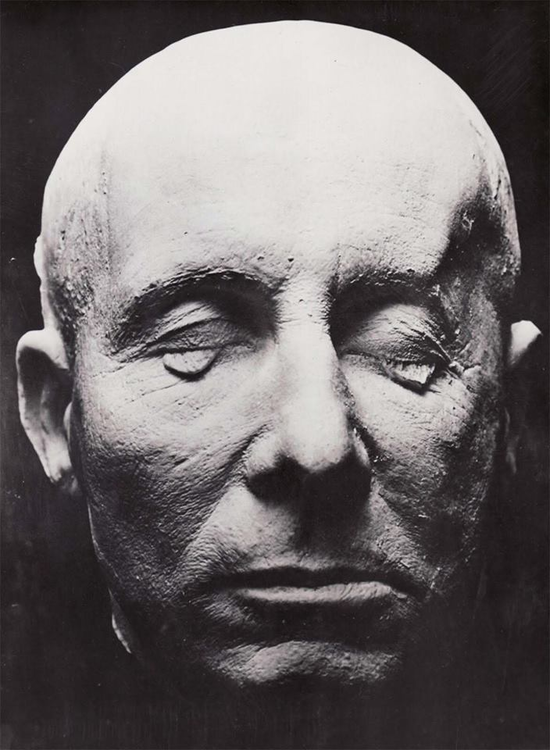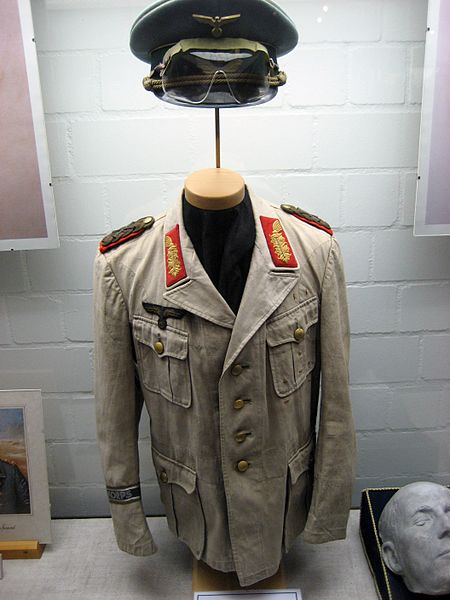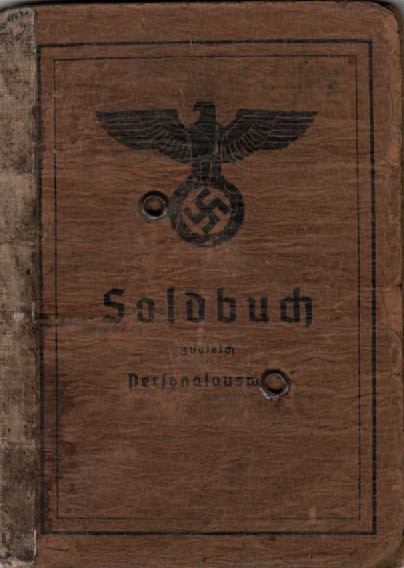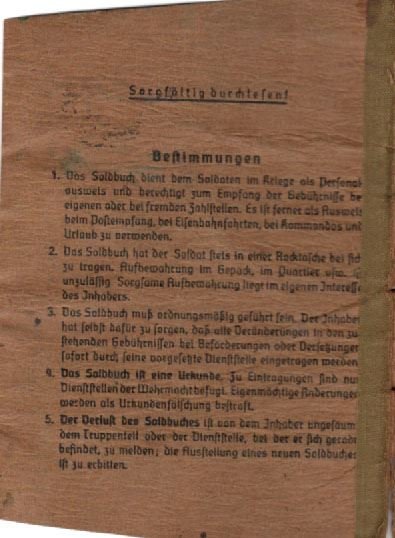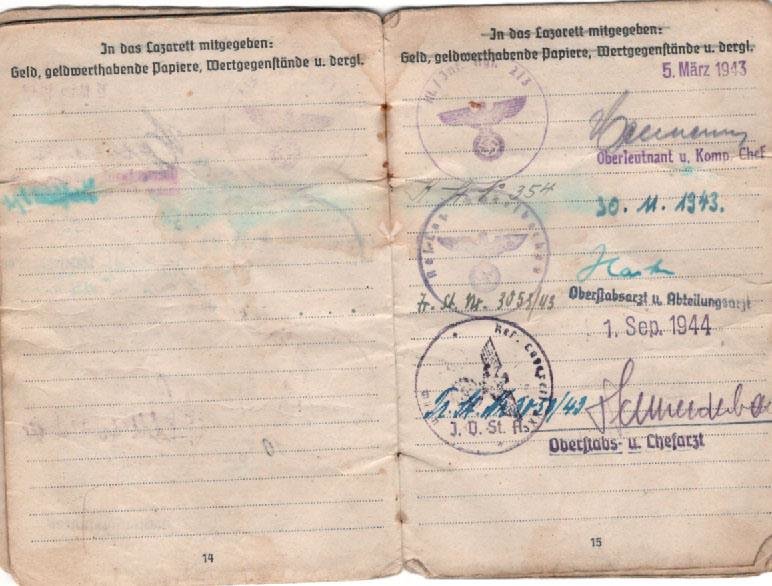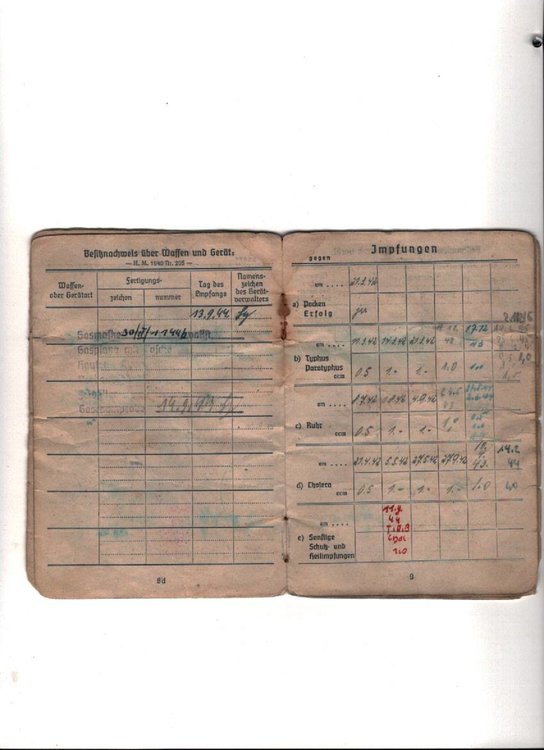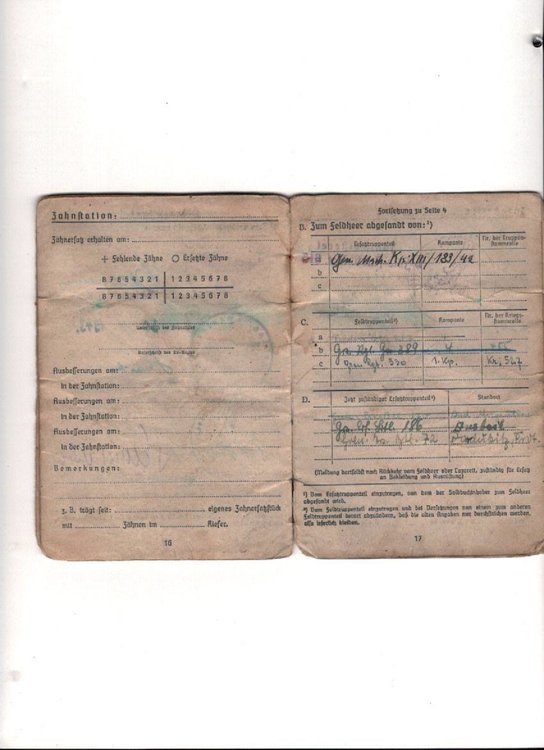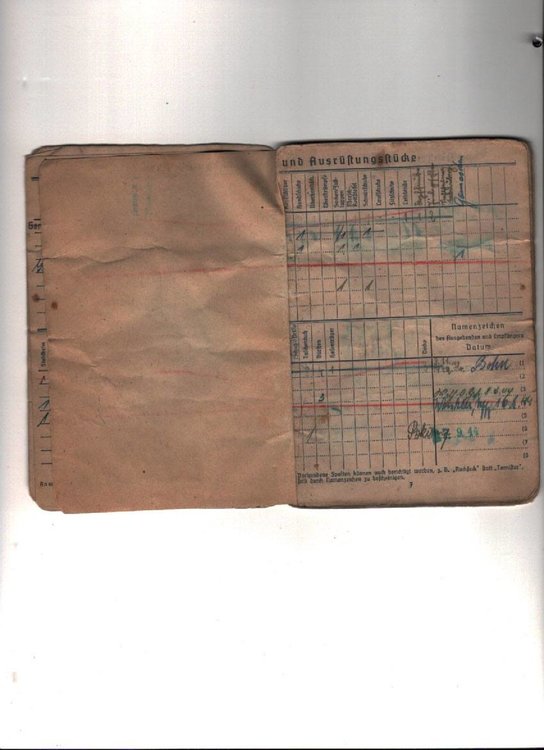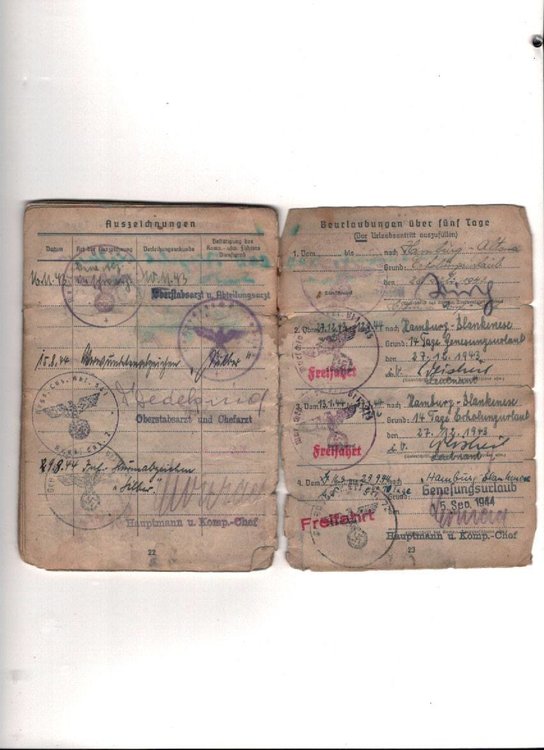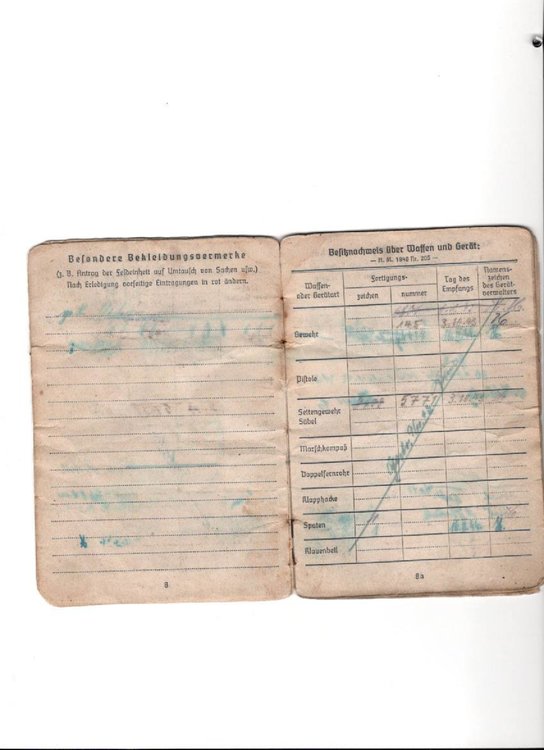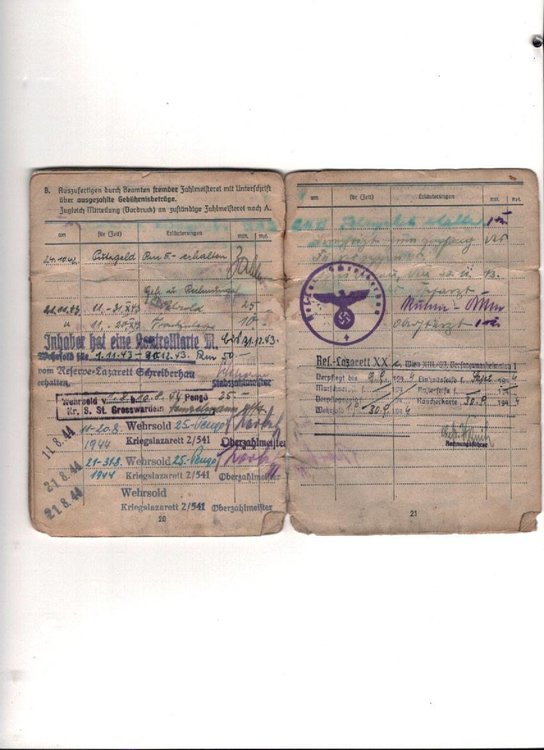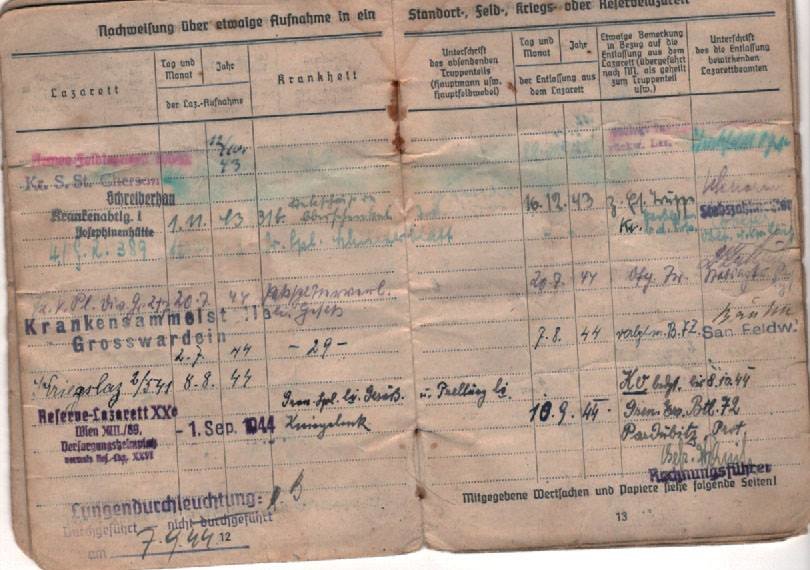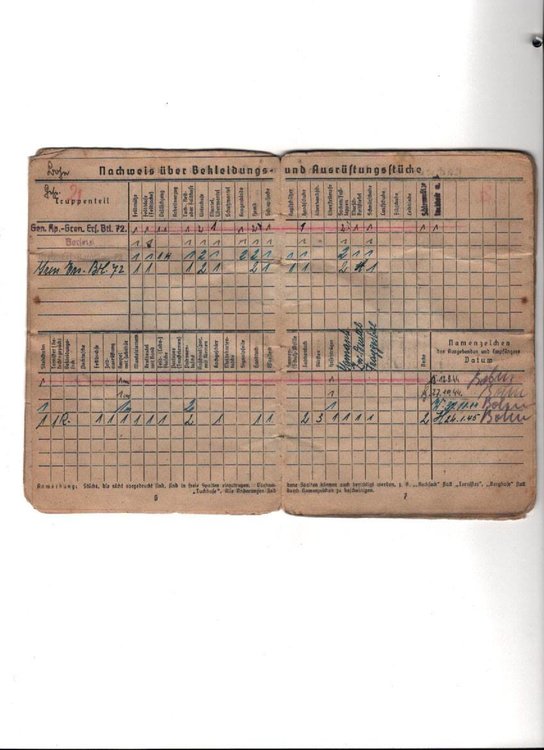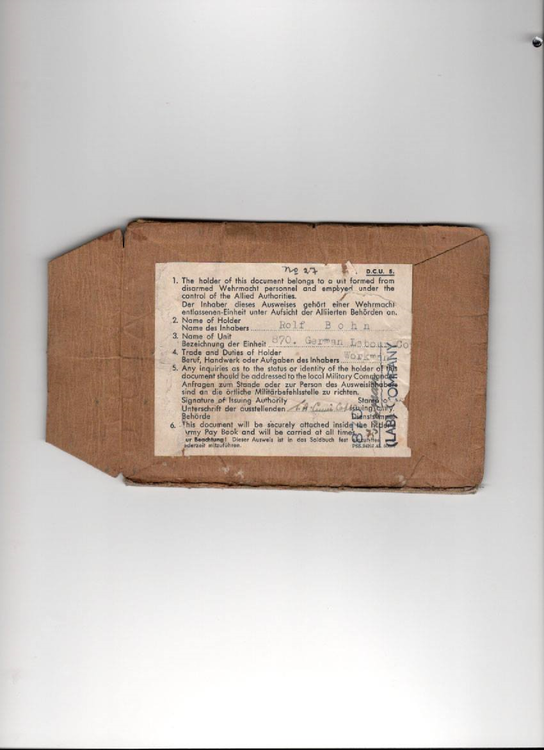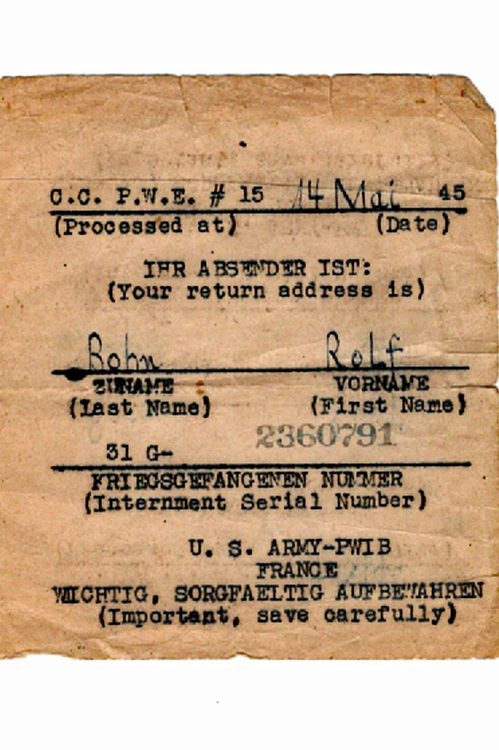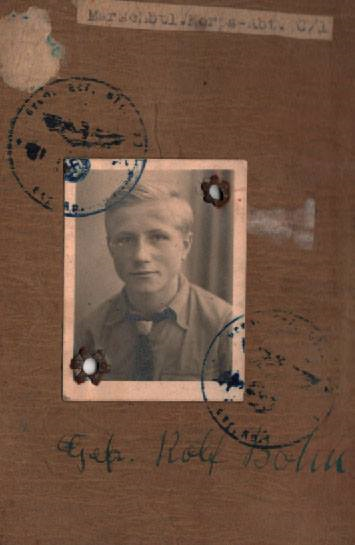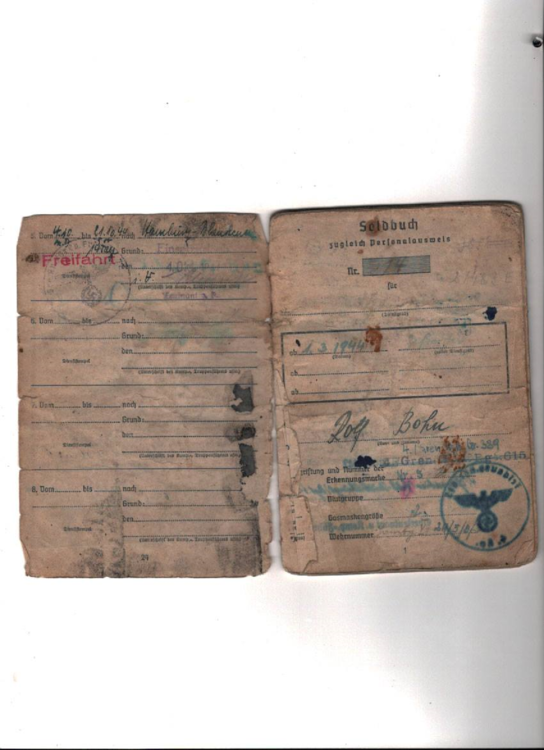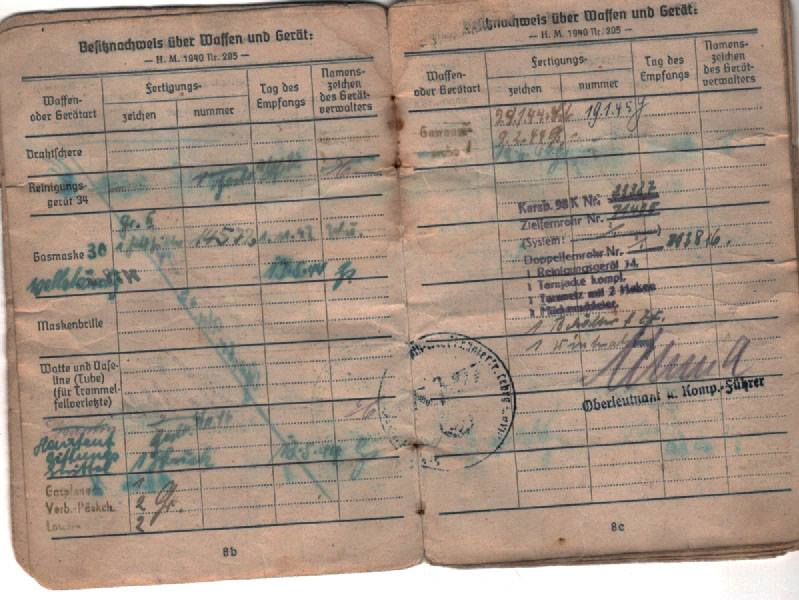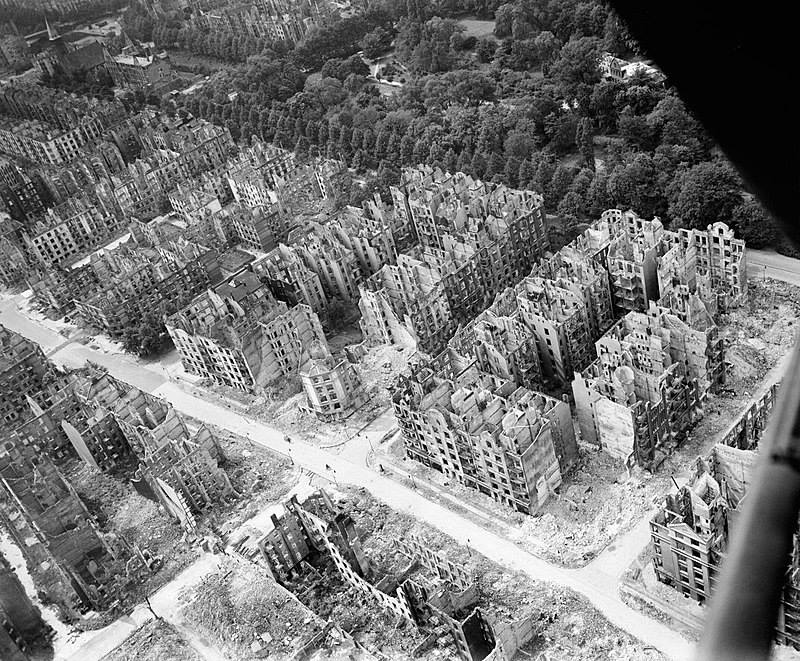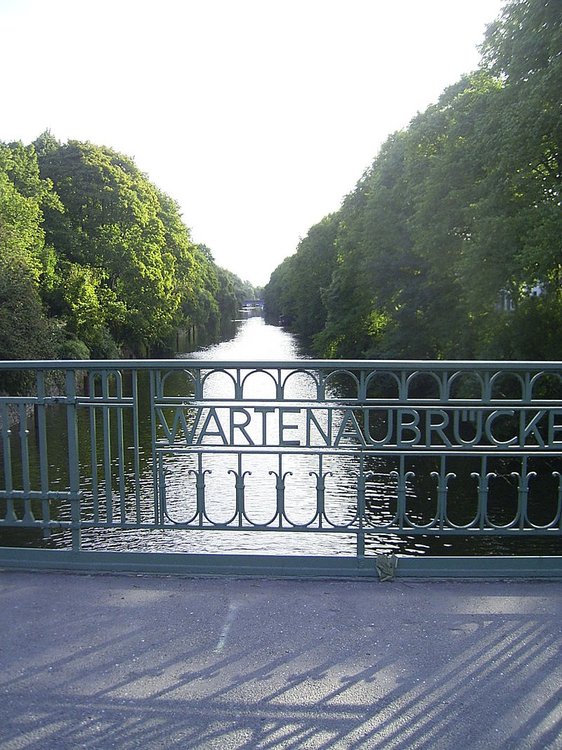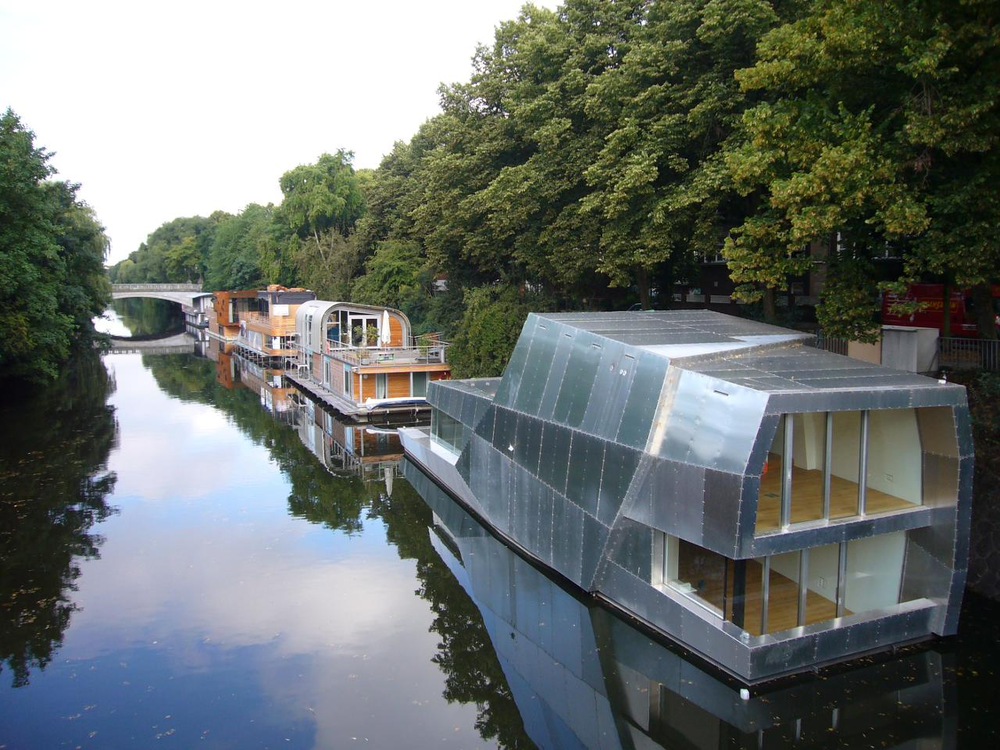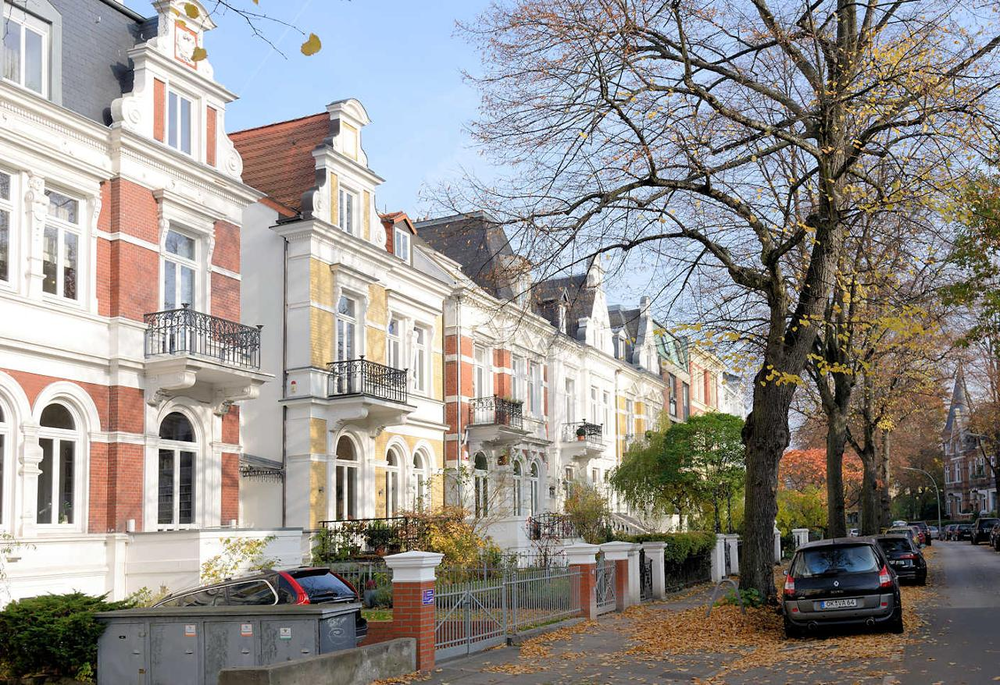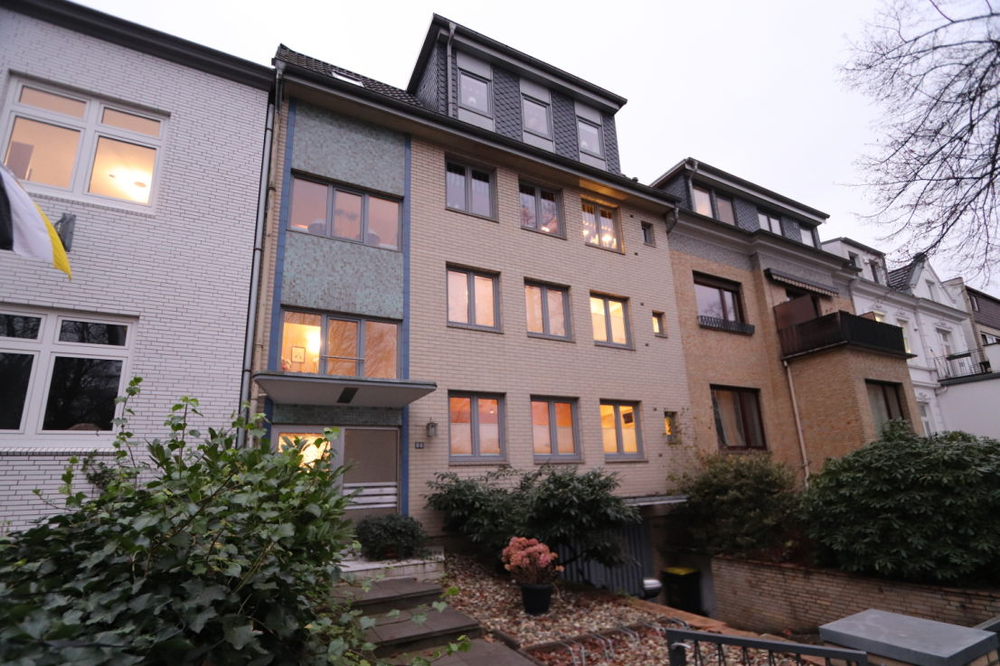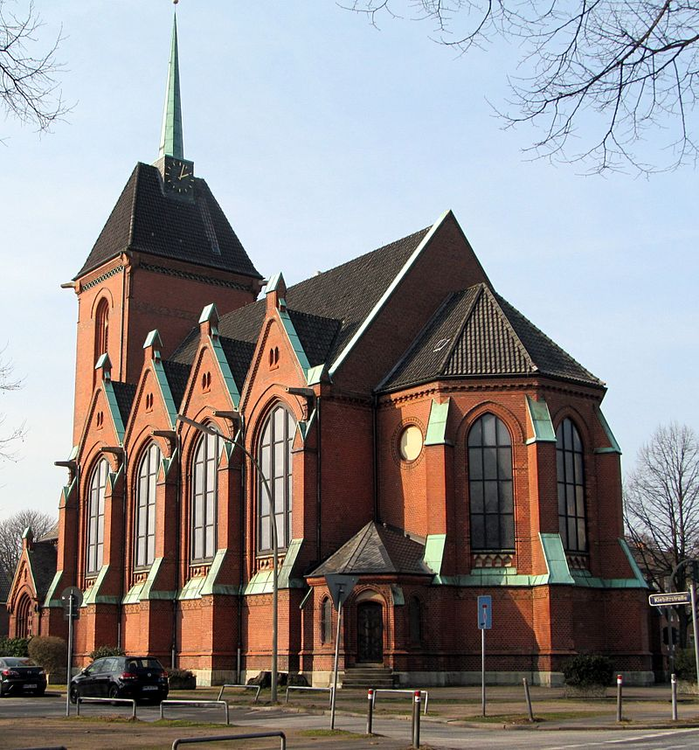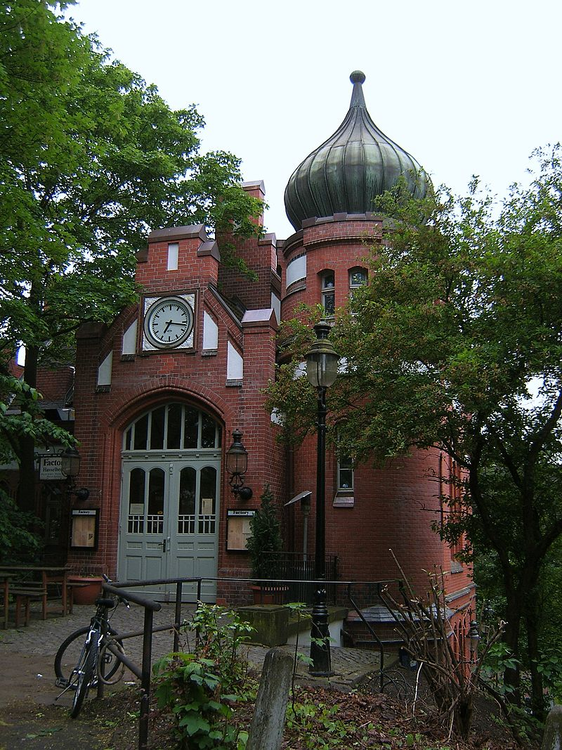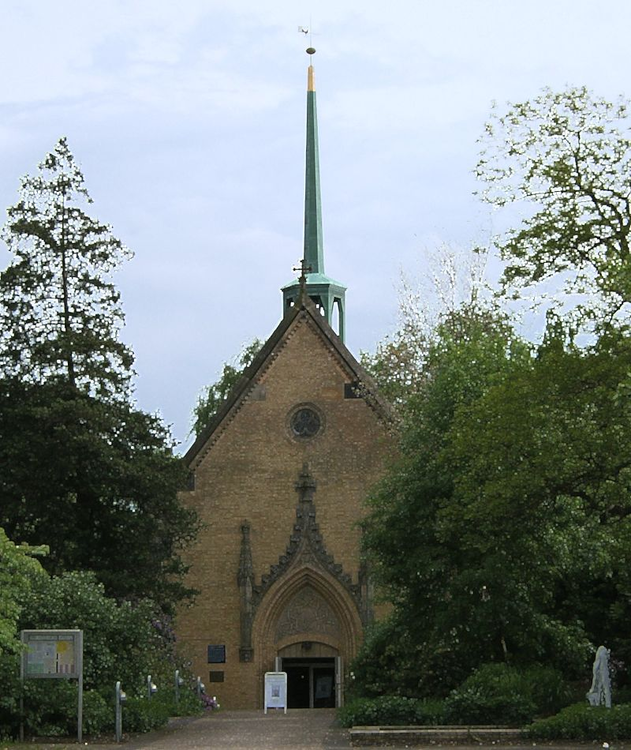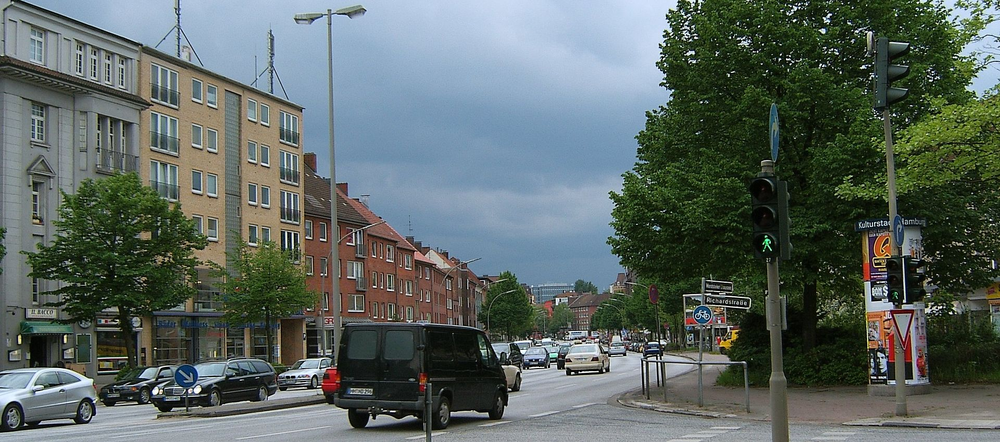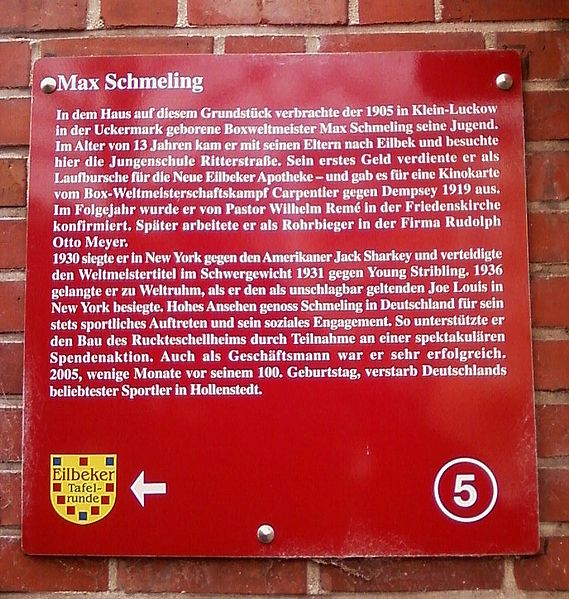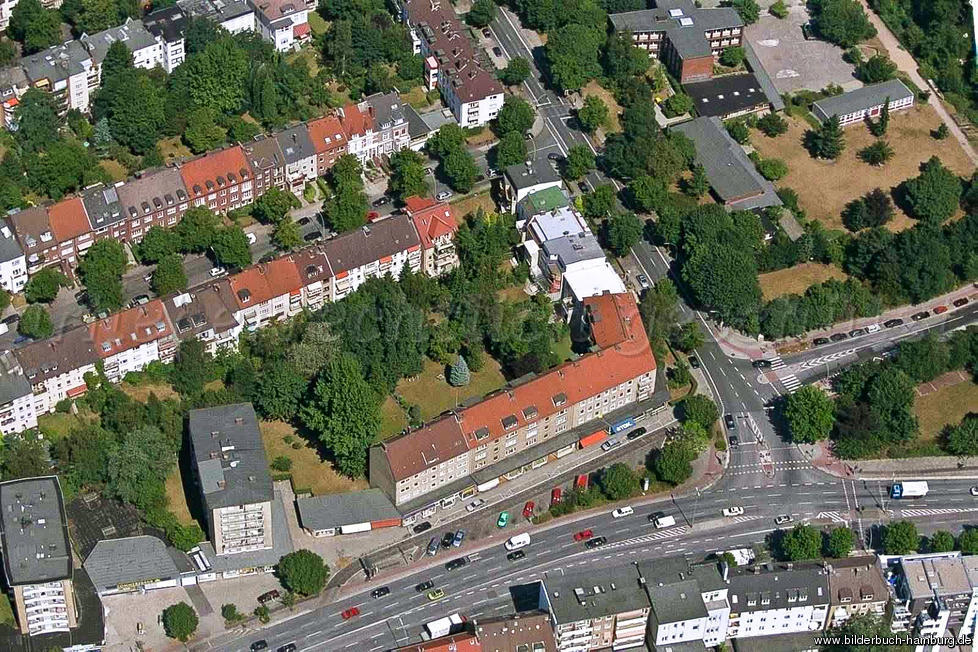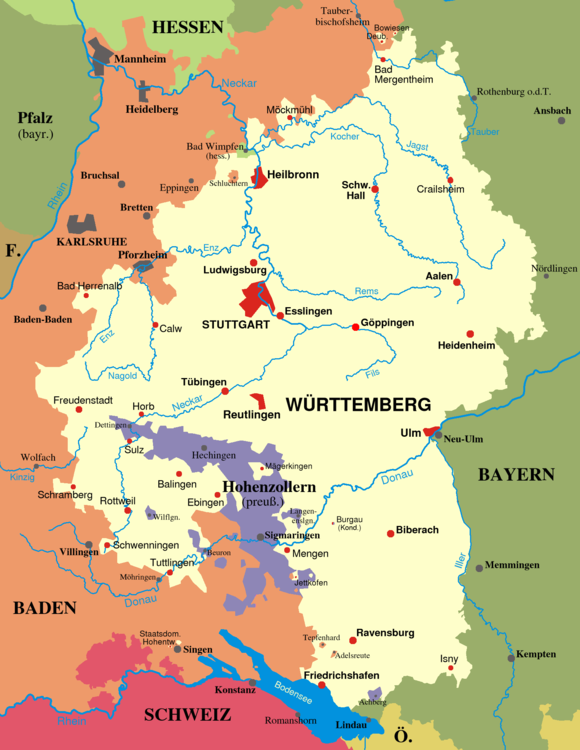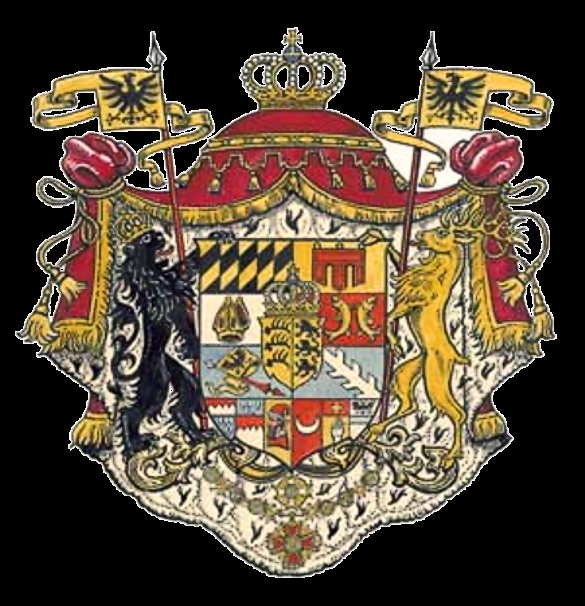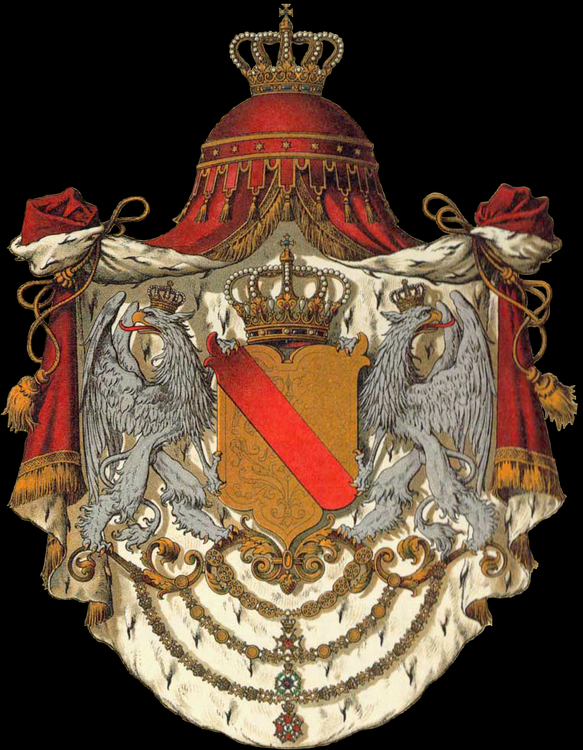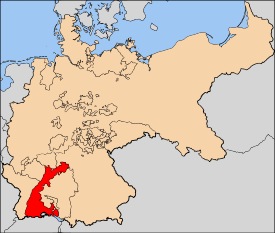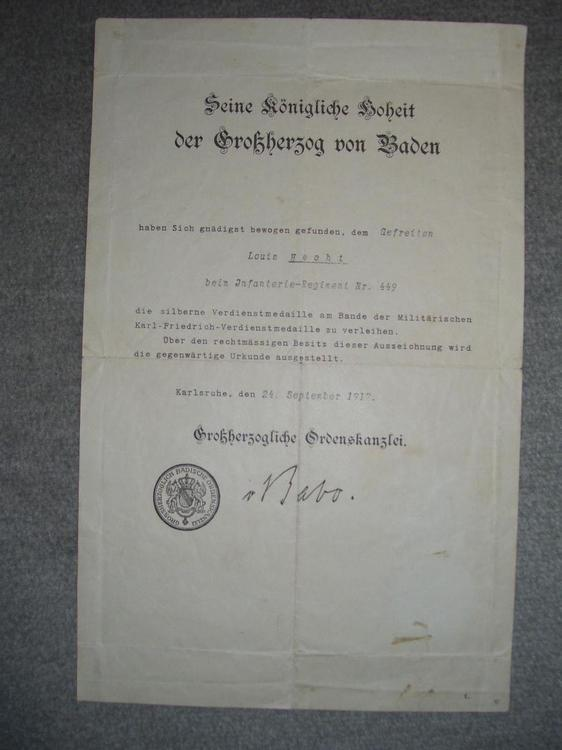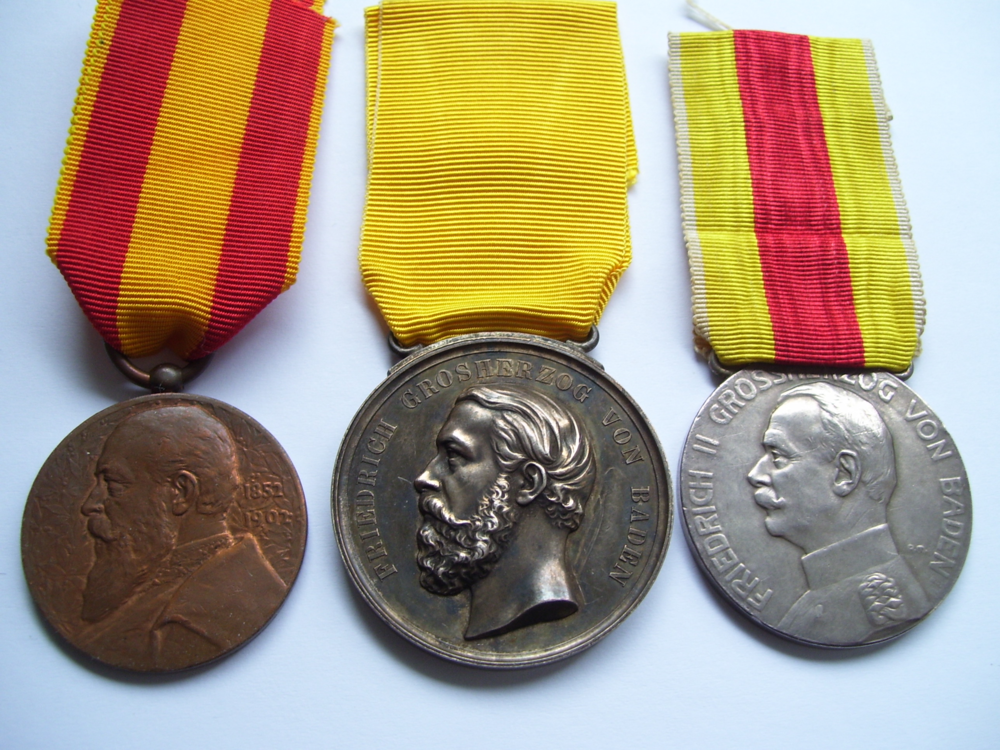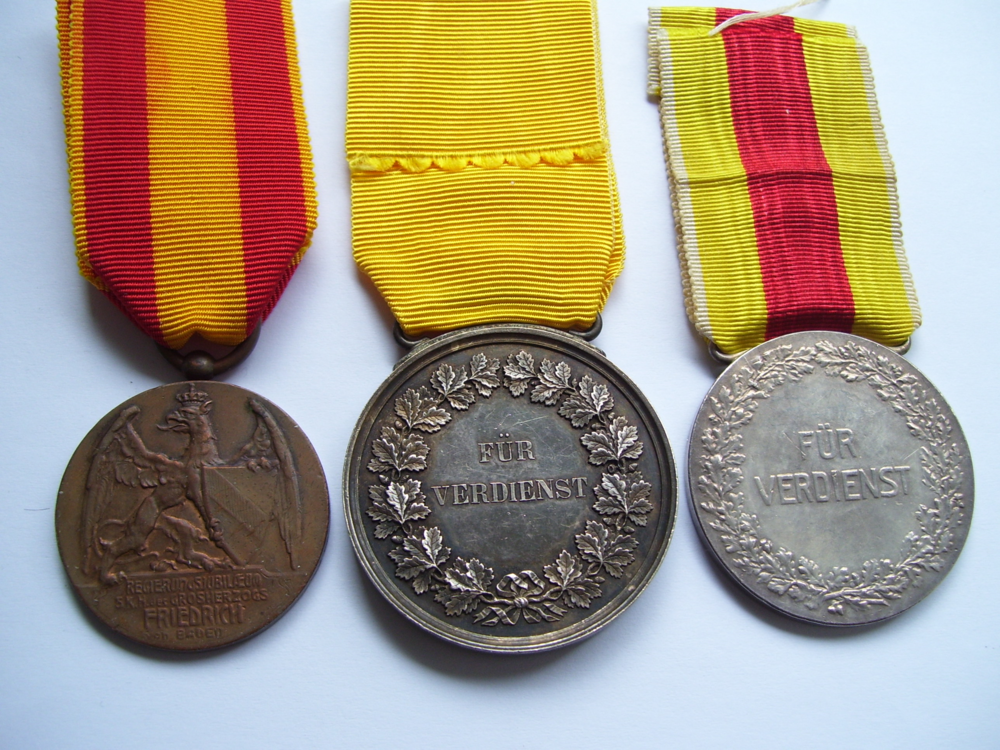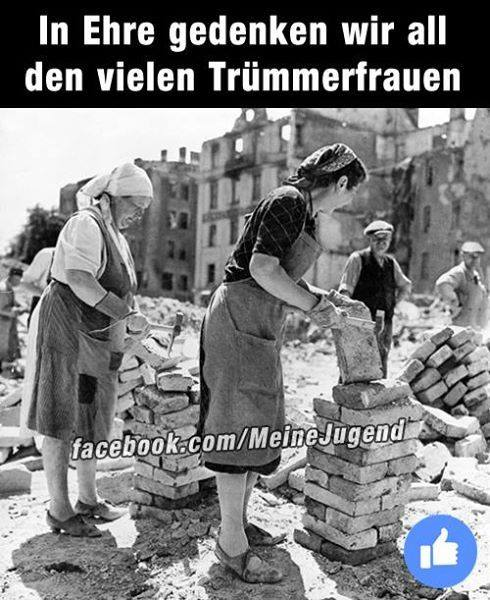Leaderboard
Popular Content
Showing content with the highest reputation on 20/10/19 in Posts
-
Something different in the militaria range today, not the usual bombs grenades or bullets, but a WD arrow marked and dated 1915 Hypodermic syringe box and syringe, the box is stamped "made in England/ Arnold &sons on the inside and WD1915,on the outside the syringe itself has graduated mls? marks on the plunger shaft, and the makers name of , JOHN TAYLOR DMD LTD stamped round the edge of the plunger , and LONDON across the centre, the plunger still works , even after 99 years2 points
-
2 points
-
2 points
-
Would be nice to know the whole story behind the tunic, but who knows. I appreciate your help and information Fritz.2 points
-
Yes, freshly painted examples done today look brighter. I imagine that with time, exposure to sunlight and dirt/grime, it will look better. I did use brushes to apply the paint as well (front side). I can age it some more by adding some coats of wash, but it took long enough to do what I did. I am restoring another one right now, which will be all green, no camo. I have seen some pictures of these shields with the black and white cross painted on the back, so when their planes flew overhead, the troops would turn the shield down to show they were friendly. Interestingly enough there are slight design differences between the two, different shaped support legs, different shaped bolts, etc.2 points
-
I don't know much else than what I wrote, but it only cost me one dollar, so could not argue, lol. The vendor that I bought it from had several WW2 era German manuals.2 points
-
2 points
-
Württemberg, Kingdom Kriegsdenkmünze, 1866. Inaugurated by Wilhelm I. in 1840, last awarded for 1866 by König Karl. Bronze, on newer ribbon. Crowned K within a laurel wreath, reverse with crossed swords , within a canopy the inscription Für treuen Dienst in einem Feldzug Silberne Verdienst-Medaille 1892-1918, Silber medal with portrait of Wilhelm II. of Württemberg. The reverse with the inscription Für Tapferkeit und Treue within a laurel wreath, on original ribbon Wilhelmskreuz 1915 Für öffentliche Wohlfahrt - for public welfare. Bronze cross with a crowned W and date 1915, the reverse shows an open wreath without inscription. On a replacement ribbon. There were four variations of this decoration. Charlottenkreuz 1916 instituted January 1916 by Wilhem II. for care of the wounded. Silver celtic type cross within intertwined C and W, the reverse with 1916 within the centre medallion, on correct replacement ribbon. Dienstauszeichnung 2. Klasse 1913-1918 for 12 years long service Dienstauszeichnung 3. Klasse 1913-1918 for 9 years long service Landwehr-Dienstauszeichnung 2. Klasse 1879-1891 (Schnalle) 1st type "K" Landwehr-Dienstauszeichnung 2. Klasse 1892 - 1912 (Schnalle) 2nd type "W" Landwehr-Dienstauszeichnung 2. Klasse 1913-1918 (Medal) 3rd type1 point
-
Gedächtnismedaille für 1849 Medal for the year 1849, on short length of original ribbon, in the colours of the House Order, yellow with two edge stripes in silver thread. Awarded to soldiers of foreign armies and to those troops from Baden remaining loyal, who put down the revolt in Baden in the year 1831. Many of the Baden regiments mutinied und held the fortress of Rastatt, foreign troops from Prussia, Bavaria and some other states were called in to quell the mutiny. Following this, nearly all of the Baden regiments, with just a few exceptions were disbanded, and later re-formed. The medal is of gilded bronze, the obverse shows an upright sword within a laurel wreath, the reverse bears the inscription: DEM TAPFEREN BEFREIUNGSHEER, 1849 Felddienstauszeichnung Was awarded for campaigns between 1805 and 1871. Copper bronze, the obverse bearing the Baden griffin with sword and shield over three canon balls, inscription overhead, FÜR BADENS EHRE. The reverse bears the inscription: LEOPOLD over FÜR VERDIENST IM KRIEGE within a laurel wreath. On short original ribbon. The decoration could be worn with campaign bars bearing the dates from between 1805 and 1871.1 point
-
A British 18-Pounder shell head with fuse, purchased at the official stand at the offices of the South African War Memorial at Delville Wood in 1982. The copper bronze fuse has the lot number 1069 and date 1916. The driving band has the grooves of the barrel rifling. Overall deep pitting, overpainted as purchased. One of the many duds discovered and de-activated, hollow and empty, the fuse cap was loose and has been stuck in place.1 point
-
Here is a WW1 Era British SRD Ceramic Jug, this particular item was acquired in Ypres in 2015. SRD stood for Supply Reserve Depot, however soldiers being soldiers made up there own acronyms such as Seldom Reaches Destination, or Seldom Rarely Distributed, Service Rum Diluted and so on. The Jugs held about a gallon of Rum, and was sometimes distributed before an assault or attack. The rum was undiluted at about 80% vol/160 US proof. Typically a tag was affixed to the spout to show what the jugs were filled with as they were reusable. This particular jug has a stamp along the bottom which shows it was made in Glasgow in 19171 point
-
5/322 Kitzinger and Illingen I think you mean Kitzingen (that is near Würzburg) NB: There are many towns and cities in the Württemberg region (and elsewhere) with names ending in ingen, there are originally of celtic origin, later settlers were the Schwaben (or Sueben) and Allemanen, who settled before the Romans came.1 point
-
1 point
-
I have seen several of these glass bottles for sale over the years, not very common. Interesting piece.1 point
-
1 point
-
That's a well-worn piece, could have been in the field, such as paratroops, ground forces or field division, less likely on an airfield or administration in such worn condition.1 point
-
1 point
-
I would say, the contemporary colours used were much more subdued. Repainted camouflage tends to be very much too bright. I have seen examples in the Imperial War Museum London and elsewhere, I also had an original M.16 helmet with almost 90 percent of it's original colour and the colours were all much duller and darker than here, and were hand-applied, showing brush marks.1 point
-
I haven't seen this instruction book before, but a lot of such books do turn up from time to time. Could this be more for use for the political organisations other than the Wehrmacht? That is the impression I get.1 point
-
Rommel myth shaken: Will steets and places be re-named? On the 75th anniversary of his death, a new debate about the role of Erwin Rommel in the Third Reich has flared up under historians. Streets and places named after him could be re-named. In Blaustein-Herrlingen, where Erwin Rommel took poison on the orders of Hitler has long been a museum in memory of the Field Marshall. Without much adue the parish council has recently closed the Museum. In Aalen, where Rommel grew up, it has been decided to re-name a street called after him. Also in his town of birth Heidenheim, citizens are annoyed about the large monument, which the Verband Deutsches Afrikakorps errected on a hill there in 1961. What can still be called after Erwin Rommel? Rommel was always a controversial figure. Even 75 years after his suicide on 14. October 1944 the debate over a new evaluation of the "Desert Fox" has again errupted. Der Mythos Erwin Rommel wankt: Werden Straßen und Plätze umbenannt? Unter Historikern und Wissenschaftlern ist anlässlich des 75. Todestags von Erwin Rommel eine neue Debatte um dessen Rolle im Dritten Reich entbrannt. Nach ihm benannte Straßen und Plätze könnten nun umbenannt werden. In Blaustein-Herrlingen, wo Erwin Rommel auf Befehl Hitlers Gift schluckte und starb, erinnerte lange ein Museum an den Generalfeldmarschall. Ohne viel Aufhebens hat der Gemeinderat es kürzlich geschlossen. In Aalen, wo Rommel aufwuchs, will man eine nach ihm benannte Straße umbenennen. Und in seiner Geburtsstadt Heidenheim stören sich Bürger an dem großen Denkmal, das der Verband "Deutsches Afrikakorps" 1961 auf einem Hügel für den Feldherren errichten ließ. Was darf noch den Namen Erwin Rommels tragen? Unumstritten war Rommel zwar nie. Doch 75 Jahre nach seinem erzwungenen Selbstmord am 14. Oktober 1944 ist die Debatte über eine Neubewertung des als "Wüstenfuchs" zu Ruhm gelangten Heerführers wieder entflammt. Besonders in seiner schwäbischen Heimatregion wird gefragt, ob Rommel immer noch als Namenspatron taugt oder nicht. "Der Mythos um Rommel wankt", konstatiert der Autor Stefan Jehle in einem von der Landeszentrale für politische Bildung veröffentlichten Beitrag. Als soldatischer Held und Sympathisant des militärischen Widerstandes gegen Hitler gilt er den einen. Andere sehen in Rommel einen Kriegsverbrecher. Vor allem, meint Jehle, sei er ein "willfähriges Werkzeug in einem lange geplanten Vernichtungsfeldzug der Nationalsozialisten" gewesen. Es sei ein "Beispiel für braunes Denken", dass es in Aalen immer noch eine Erwin-Rommel-Straße gebe, sagte der DGB-Kreisvorsitzende Josef Mischko bei einer Kundgebung zum Antikriegstag am 1. September. "Er war am Überfall auf Polen und andere Länder beteiligt – und er war ein glühender Verehrer Adolf Hitlers." An Oberbürgermeister Thilo Rentschler von der SPD appellierte Mischko, die Straße künftig nach Manfred Rommel zu benennen. Der 2013 gestorbene Sohn des Generalfeldmarschalls war lange CDU-Oberbürgermeister Stuttgarts und galt als einer der beliebtesten Politiker Deutschlands. Aalens OB und der Gemeinderat sind dem Vorschlag durchaus zugeneigt. Derweil ringt der Gemeinderat in Heidenheim um einen Beschluss zum Erwin-Rommel-Denkmal. Abreißen will es kaum jemand. Aber so, wie es ist, soll es auch nicht bleiben. Auf dem Tisch liegt ein Vorschlag des Heidenheimer Künstlers Rainer Jooß. "Vor das weiße Denkmal würde ich eine flache Stahlskulptur setzen, die einen Menschen an Krücken darstellt - das Opfer einer Landmine", erzählt Jooß. In El Alamein sterben noch heute Menschen durch Rommels Landminen Die Skulptur solle einen Schatten auf den Namenszug des Generals werfen. "Er hat entlang der Front bei El Alamein unendlich viele Landminen vergraben lassen. Viele töten oder verletzen heute noch Menschen." Hingegen wirkten manche Exponate des Rommel-Museums im Blausteiner Stadtteil Herrlingen durchaus wie eine "Wüstenfuchs"-Glorifizierung - von Rommels Tropenuniform über die Nachbildung seines Marschallstabs bis zu Orden und seiner Totenmaske. "Diese Ausstellung ist nach 30 Jahren als überholt anzusehen", befand der Gemeinderat. Künftig werde es eine neue Dauerausstellung geben, berichtet Blausteins Stadtarchivar Manfred Kindl. Neben Erwin Rommel soll das Leben der jüdischen Reformpädagogin Anna Essinger (1879 bis 1960) und der jüdischen Kunsthistorikerin Gertrud Kantorowicz, die 1945 im Konzentrationslager Theresienstadt starb, beleuchtet werden. Bundesweit sind laut einer Zählung der "Stuttgarter Zeitung" noch 13 Straßen und eine Steige nach Rommel benannt, davon neun im Südwesten. Auch zwei Kasernen tragen seinen Namen - in Augustdorf (Nordrhein-Westfalen) und Dornstadt bei Ulm. Eine Umbenennung sei nicht vorgesehen, teilte eine Sprecherin des Bundesministeriums der Verteidigung mit. Hitler-Freund oder Widerstandskämpfer? Rommel habe verbrecherische Befehle missachtet und das vom NS-Regime geforderte ideologische Feindbild abgelehnt. Zudem rücke die Forschung ihn "zunehmend in die Nähe des Widerstandes" gegen Hitler. Damit sei er weiter "sinn- und traditionsstiftend". Das liest sich in einem Sachstandsbericht der Wissenschaftlichen Dienste des Bundestages zur Rommel-Debatte vom Februar 2019 anders: Es bleibe festzustellen, "dass sich seine Rolle im Widerstand auch nach neuesten Forschungen rund um das Netzwerk des 20. Juli auf eine mögliche Mitwisserschaft beschränkt", heißt es da. Dem Verteidigungsministerium scheine allein dies schon für eine "Traditionswürdigkeit" auszureichen. "Denn irgendein aktives widerständisches Verhalten konnte für Rommel bis heute von der historischen Forschung nicht belegt werden." (hau/dpa) Source: gmx-news, 18.10.20191 point
-
1 point
-
1 point
-
1 point
-
1 point
-
1 point
-
1 point
-
1 point
-
1 point
-
1 point
-
1 point
-
1 point
-
1 point
-
1 point
-
1 point
-
Absolutely Fritz, I only dry clean uniforms that are in very good condition, no rips or tears, or even serious moth damage. I have some that are in rough shape that I would love to get cleaned but I know they would get damaged even more from the process. The cleaning places will even tell you this, especially with woolen items. Typically for a uniform in really good shape I also have them put it into a mesh bag, in case a button comes off, it won't get lost. Most of the wool uniforms I have gotten dry cleaned are the walking out types that didn't see much use. I also use clear wardrobe bags and I check them often, those moths can be very persistent. I had a small outbreak not long ago, they got into the M1917 helmets, which have a wool pad in the liner, took awhile to get rid of them. Now all my helmets are in plastic bags as well.1 point
-
1 point
-
1 point
-
1 point
-
Some photo postcards of the aftermath of the raids in July 1943. All postcards by Foto Hugo Schmidt, Hamburg 36, Poststraße 14-16 Street scene with minimal damage and what looks like anti-tank barriers near the centre of Hamburg, possibly Reeperbahn or Neue Pferdemarkt. Ruins around the Nikolaikirche near the Hopfenmarkt. Hamburg, view along the Mönckebergstrasse towards Spitalerstraße and the Hauptbahnhof, ruins A view in the opposite direction from the Mönckebergstrasse towards the Rathausmarkt, ruins, to the left, the Petrikirche Mönckebergstrasse and Gerhard-Hauptmann-Platz, ruins View from a building in a side street over the Mönckebergstrasse showing the scale of devastation. -------------------------- Alt-Barmbek, Soldiers and Luftschutzpolizei clearing the ruins and searching for the missing. KZ-Häftlinge from Neuengamme preparing a house in Altona for demoltion. Sperrgebiet - Betreten verboten! KZ-Häftlinge clearing up the rubble. The area of Hammerbrook had to be walled in, as it had become a dead zone. Remains of the victims could only be recovered on clearing the ruins in the postwar years. Much of Hammerbrook was not rebuilt till the early to mid 80s. It was reported that on one occasion an SA-Mann was shot by Ordnungskräfte for plundering in Ballindamm in the city centre. A view of Hammerbrook or Rothenburgsort, both entirely destroyed. 900.000 lost their homes in Hamburg and were compelled to leave the city. Flakbunker, Heiligengeistfeld Cellars thought safe as air raid shelters became a death trap and inferno Hamburg-Eilbek The aftermath 1945, life in Nissen-Huts1 point
-
1 point
-
Soldbuch Rolf Bohn Some photos which were sent yesterday, Name and Photo have not been included for familiar reasons. Seite 1: 4./G.R.389 – das heißt, 4.Kompanie / Grenadier-Regiment 389 – Nummer der Erkennungsmarke: 5, Blutgruppe: O Seite 17 - gemischte Marsch-Kompanie XIII/183/42 - vielleicht gem. Marschkompanie, Wehrkreis XIII, Stammrolle 183/1942 (?) - Grenadier-Regt. 389, 4.Kompanie, Stammrollen-Nr. 455 (später gestrichen) - Grenadier-Regt.330, 1.Kompanie, Kriegsstammrolle: 527 - Grenadier Ersatz-Bataillon 186 (Ansbach) - Grenadier Ersatz-Bataillon 72 in Pardubitz (Böhmen) Seite 7 - Bekleidung u. Ausrüstung – Annahme und Abgabe Seite 22/23: Auszeichnungen und Beurlaubungen (23) 10.11.1943 – Verwundetenabzeichen in Schwarz 15.08.1944 – Verwundetenabzeichen in Silber 29.08.1944 – Infanterie-Sturmabzeichen in Silber Seite 8a: Besitznachweis von Waffen u. Gerät Gewehr Nr. 145 v. 3.10.1943 Seitengewehr Nr. 5771 v. 3.10.1943 Spaten am 16.11.1944 Weitere Angaben, diese undeutlich, Seite nachträglich gestrichen S.18/19 Zahlmeisterei Eintragungen über Soldgruppe: I./Feld-Ausbildungs-Regiment 815 20.10.1942 Wehrsoldgruppe 16 1.3.1944 Wehrsoldgruppe 15 Kriegsbesoldung: Nach eigenen Angaben ohne Bezüge S.12/13 Nachweisung über etwaige Aufnahme in ein Standort-, Feld-, Kriegs- oder Reservelazarett Armee-Feldlazarett (illegible) Krankensammelstelle Cherson, 12.10.43 (Krim) Schreiberhan, Krankenabtlg.I, Josephinenhütte, 11.11.43 4./Grenadier-Regt.389 (Datum unleserlich) Krankensammelstelle Großwardein, 20.7.1944 Kriegslazarett 2./541, 8.8.1944 (Charkow) Reserve-Lazarett XXe Wien, 1.Sept.1944 Lungendurchleuchtung durchgeführt, 7.9.1944 S.20/21 Wehrsold / Lazarett S.12/13 Lazarettaufnahme, Untersuchungen, etc. S.5/7 Genesenden-Kompanie, Grenadier Ersatz-Bataillon 72 – Bekleidung und Ausrüstung - (Seite 6 fehlt!) Versetzt an Ersatz-Bataillon 72 Seite 8b/8c Nachweis über Waffen und Gerät (erhalten): - Reinigungsgerät 34, - Gasmaske 30, Größe 5 - Gasplane - Verbandpäckchen - Karabiner 98k Nr. 23337 - Zielfernrohr Nr. 71435 - Tarnjacke - Tarnnetz - Behälter f.Zielfernrohr - Winterabzug Letzte Eintragungen: 19.1.1945 bzw., 24.1.1945(!) Seite 9 - Impfungen gegen Pocken, Typhus/Paratyphus, Ruhr, Cholera, sonstige Schutz- und Heilimpfungen: Erfolgt, siehe Einträge Rolf Bohn, recollections told in 1978: I was twice wounded. One day in the Lazarett, somebody took my tunic and left a worn out one in it's place. There was an investigation. I was able to prove that somebody else had my jacket as there was a repair on one sleeve where I had been wounded. I got my jacket back. During my war service at the Front, I was engaged as a sniper, and often operated alone. Another time, I came across an abandoned Russian T-34. Without hesitating, I climbed up and dropped a stick grenade into the open turret hatch. That was one tank less for the Russians. Almost the entire war I spent on the Russian Front, until after the Allied invasion in France, then I was transferred to the West. During the entire period at the Front, I hardly had any leave and did not see home again. I was captured by the Americans, and I and my comrades were left in a field surrounded by barbed wire for days on end without shelter, food or water. The French took over after that, but we still had no shelter. Eventually we were fed continuously with only spinach - I can no longer stomach spinach till this day. My comrades were dying like flies, I was lucky to survive. We were made to do forced labour for the rest of our captivity. I was released a few years after the war, and wanted to return to Hamburg or Altona, where I came from. Hamburg was overcrowded with refugees and most accomodation had been bombed out, so I was not allowed back to Hamburg, so I went to Canada with my sweetheart Minna, and finally settled in the US. We were still referred to as DPs (displaced persons), and had difficulties with the language. I managed to find a job with the Ford Motor Company in Cleveland, Ohio as a tool and die maker and later an inspector of tool and dies. I was not good at languages, but always good in arithmetic and maths, which brought me forward, I had originally learned „Feinmechaniker“ with the fountain pen manufacturer Montblanc in Altona.1 point
-
Personal experiences by Max Tiedemann Am 24. Juli 1943 flog die britische Luftwaffe unter dem Codewort "Operation Gomorrha" einen Bombenangriff auf die Stadt Hamburg, der als "Feuersturm" in die deutsche Geschichte einging. Mehr als 700 Bomber mit tausenden Spreng- und Brandbomben verwandelten zahlreiche Stadtteile in eine Trümmerwüste. Innerhalb von zehn Tagen wurden vier Angriffe geflogen - mindestens 35000 Menschen wurden getötet, 250000 verwundet und eine Million obdachlos. Max Tiedemann, der Bruder meines Großvaters Erwin, erlebte dieses Inferno hautnah und hielt seine Erinnerungen schriftlich fest. Am Samstag, dem 24. Juli 1943, lastet drückende Hitze auf Hamburg. Der Abend bringt nur wenig Abkühlung. Kurz nach Mitternacht – um 0.33 Uhr – zerschneidet das Heulen der Sirenen die bruttige Stille: Fliegeralarm! Nahe High Wycombe bei London beugen sich die Stabsoffiziere des britischen Bomber Command gespannt über ihre Karten. Drei Stunden zuvor sind auf den südenglischen Fliegerhorsten 791 Bomber und Kampfflugzeuge gestartet; das Unternehmen Gomorrha hat begonnen. Um 23.55 Uhr fliegt der Verband bei Büsum an der holsteinischen Küste in den deutschen Luftraum ein. 67 Minuten später fallen die ersten Bomben auf die Hansestadt. ------------- On the 24th July 1943 the Royal Air Force flew bombinb missions under the codeword "Operation Gomorrha" against the city of Hamburg, since known known as the "Firestorm. More than 700 bombs with thousands of high explosive and incendiary bombs turned whole quarters into a waste of rubble. Within ten days 4 raids were flown - at least 35.000 people were killed, 25.000 injured and a million homeless. Max Tiedemann, the brother of my grandfather Erwin went through this inferno and recorded down his memories. On Saturday, 24th July 1943 an oppressive heat lay over Hamburg. The evening hardly brought any relief. Shortly after midnight - at 0.33 hours - the silence of the night was broken by the shrillness of sirens: Fliegeralarm! Near by High Wycombe, with in reach of London, staff officers of Bomber Command lean over their maps. Three hours previously 791 bombers started, Operation Gomorrha was underway. At 23.55 hours they reached Büsum on the coast of Holstein entering German airspace. 67 minutes later the first bombs fall on the Hanseatic City. From the homepage and chronical of the Tiedemann family Hamburg-Eilbek, where I lived for many years. Photo taken after the raids in July 1943 The bridge over the canal leading to the Alster Space on the canal has been turned into living quarters in the past decades St. Gertrudenkirche near the Alster The old chapel at the former cemetery on the Wandsbeker Chaussee. The cemetery is now a park. The former S-Bahn station building in Hasselbrook has been turned into a restaurant A quiet residential street in Eilbek-Uhlenhorst The Wandsbeker Chaussee at the corner of the Richardstrasse Eilbek as it is today, Richardstrasse. One of the most pleasant residential areas in Hamburg, within easy reach of the Alster, and with a good standard of living. An aerial view over the Richardstraße and Wandsbeker Chaussee Hasselbrookstraße 14 - Max Schmeling once lived here. This is nearer the area of Hamm.1 point
-
Jubliäumsmedaille Friedrich I., 1902 Gilded bronze, on replacement ribbon, obverse shows a portrait of the elderly Friedrich I. To the right are the dates 1852-1902. The reverse bears the heraldic griffin of Baden with sword and shield, with inscription: Regierungsjubiläum S.K.H. des Grosherzogs* Friedrich von Baden Awarded to civil and military. Silberne Verdienstmedaille Großherzog Friedrich I., on peacetime yellow ribbon, awarded till 1908. Heavy silver medal with the portrait of the sovereign, inscription, FRIEDRICH GROSHERZOG VON BADEN*- The reverse bears the inscription within an oakwreath FÜR VERDIENST Silberne Verdienstmedaille Großherzog Friedrich II., on wartime ribbon of the Militär-Carl-Friedrich-Orden, early silver example before 1916, these were made in the state mint in Karlsruhe. Example of an award document to this decoration, wartime. * Grossherzog is often written with one S on Baden decorations!1 point
-
1 point
-
another documentary, with much background information, English spoken text:1 point
-
Only viewable under youtube - and with Registration!1 point











